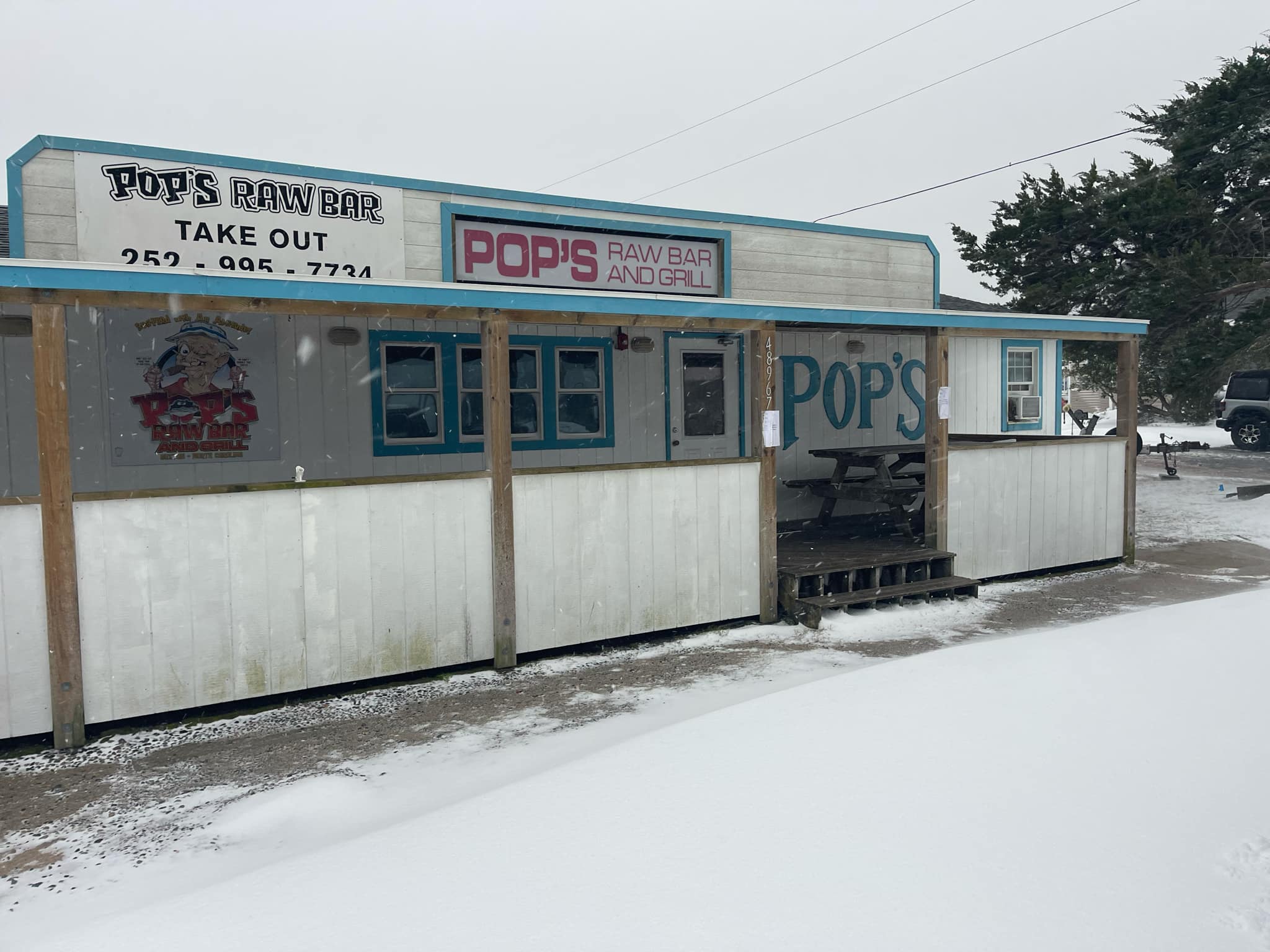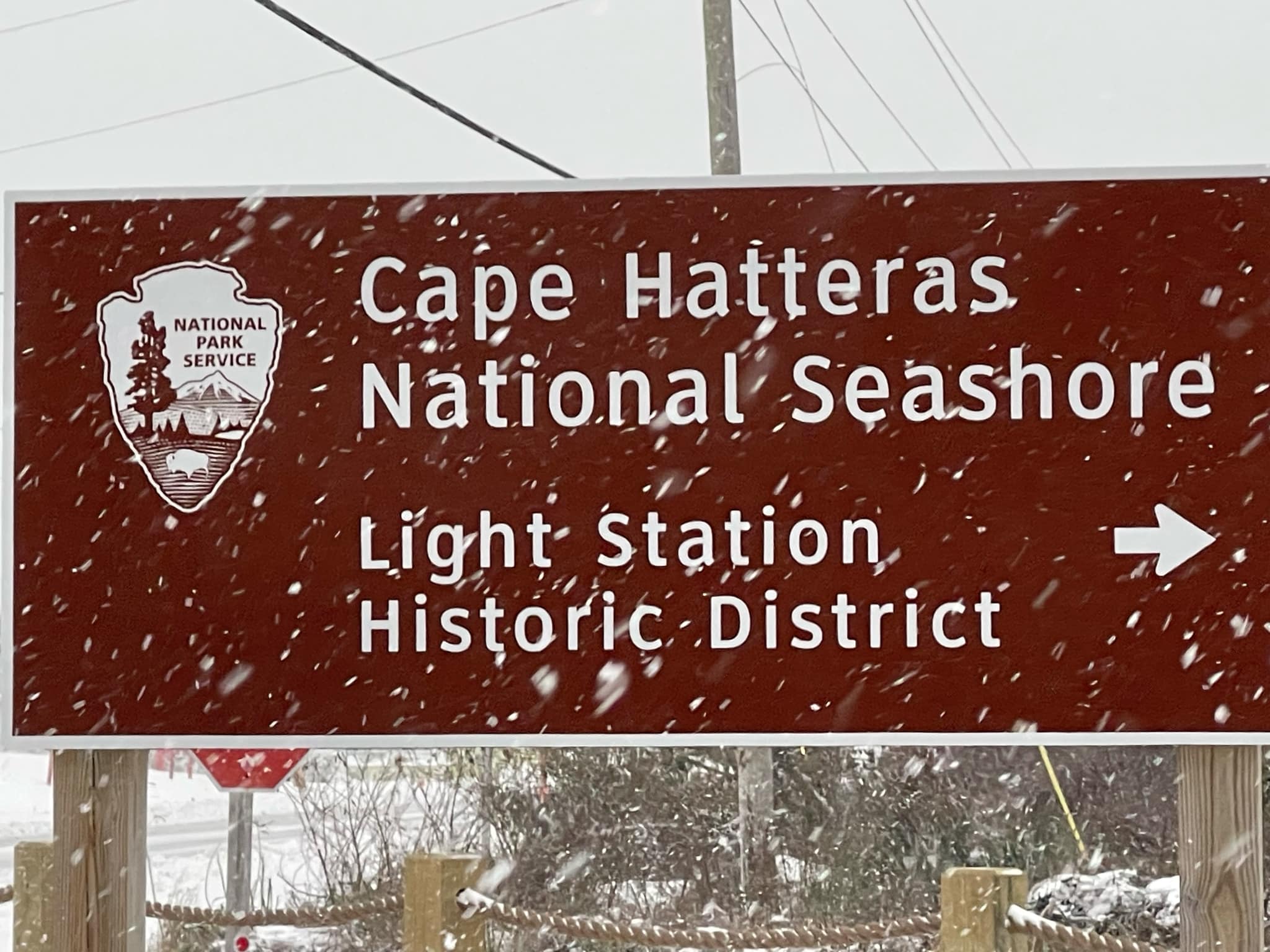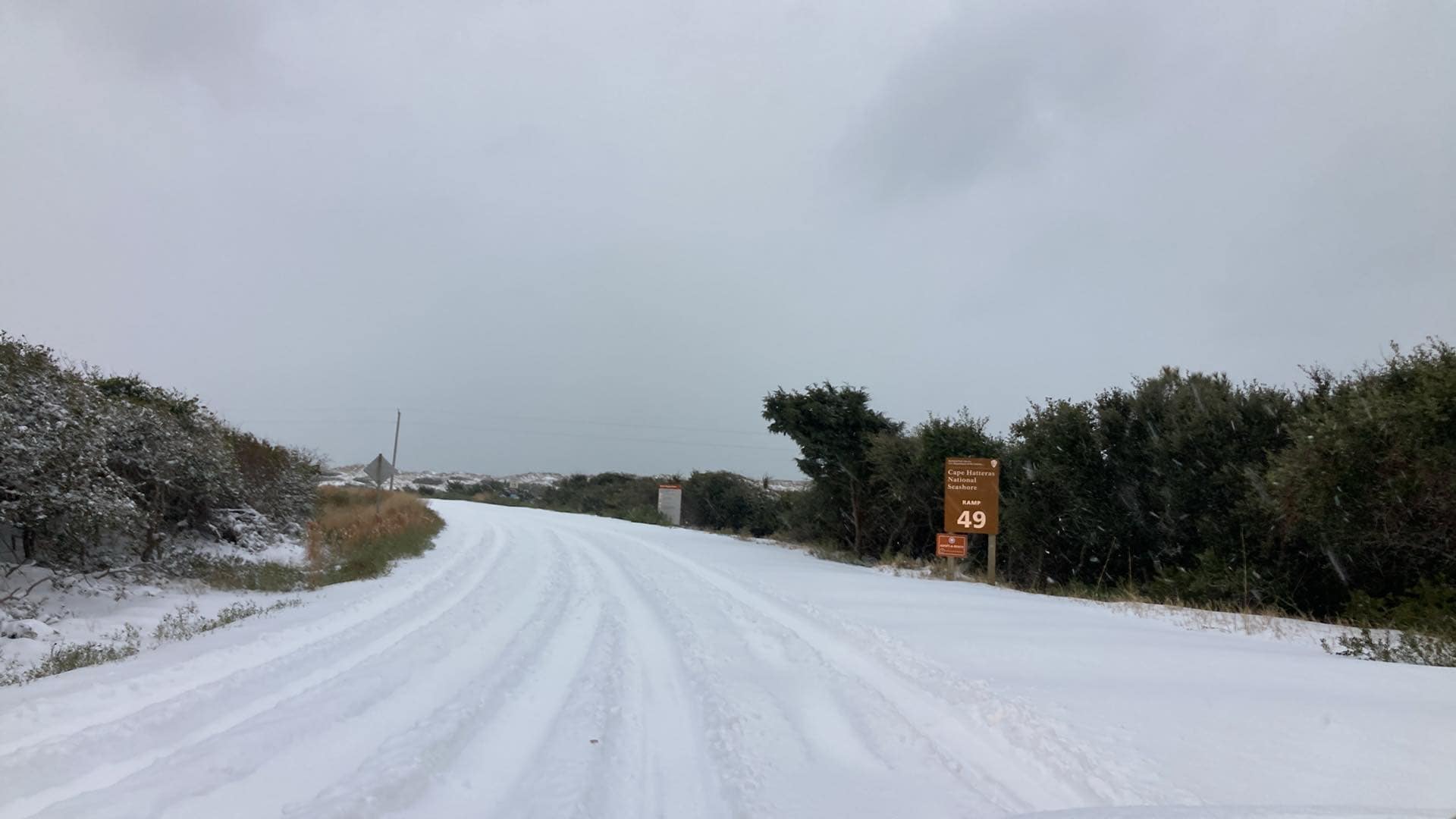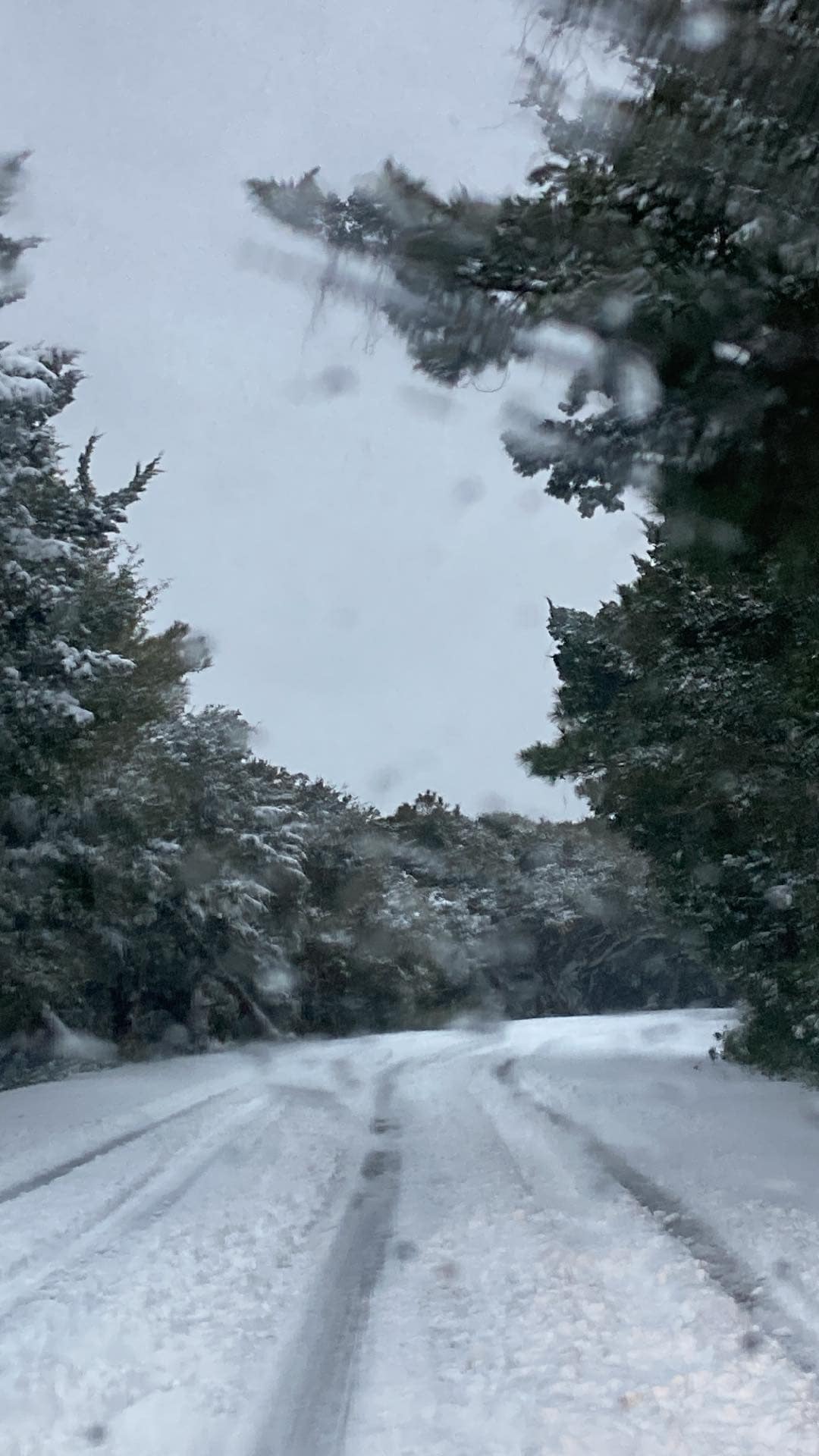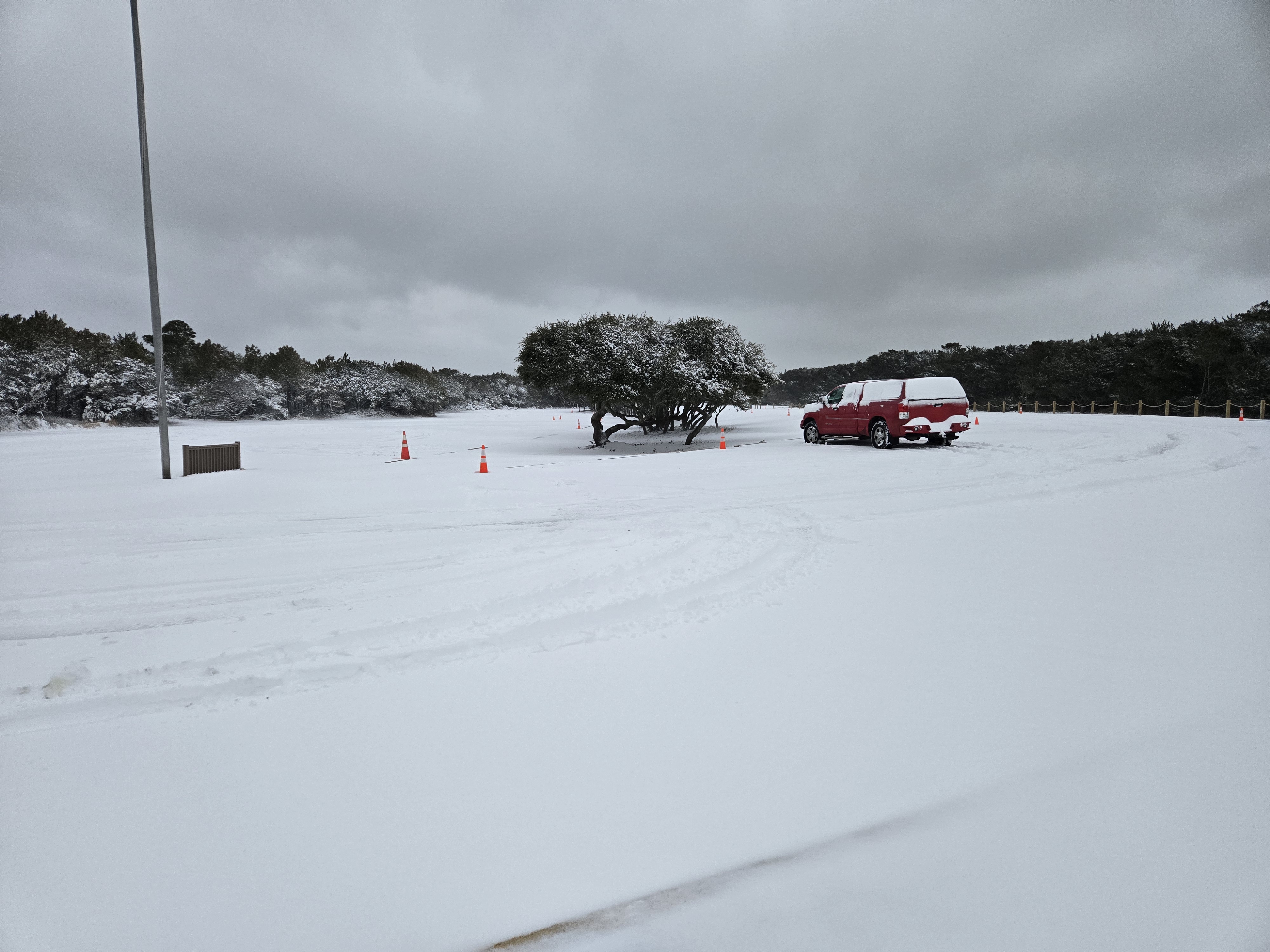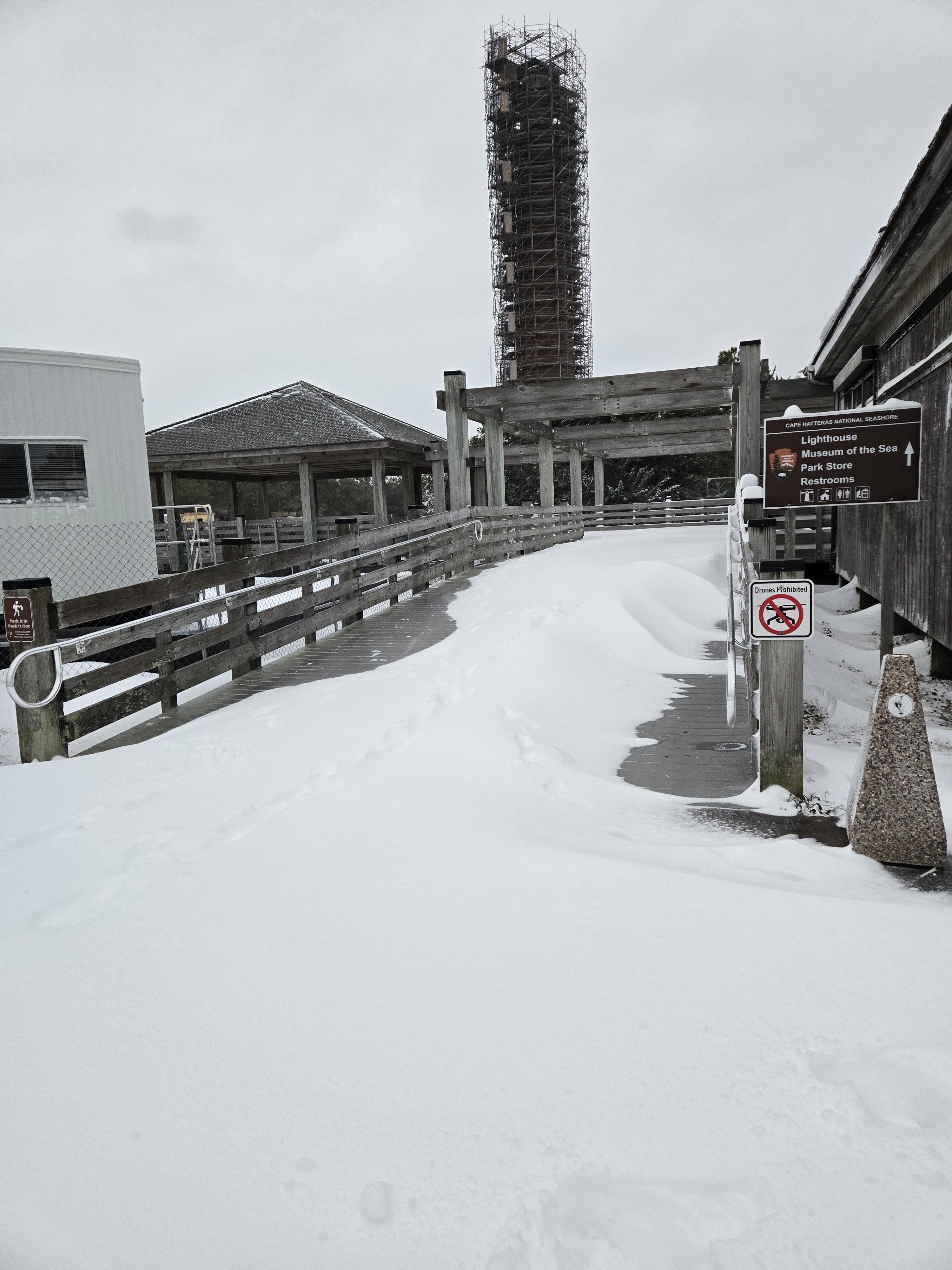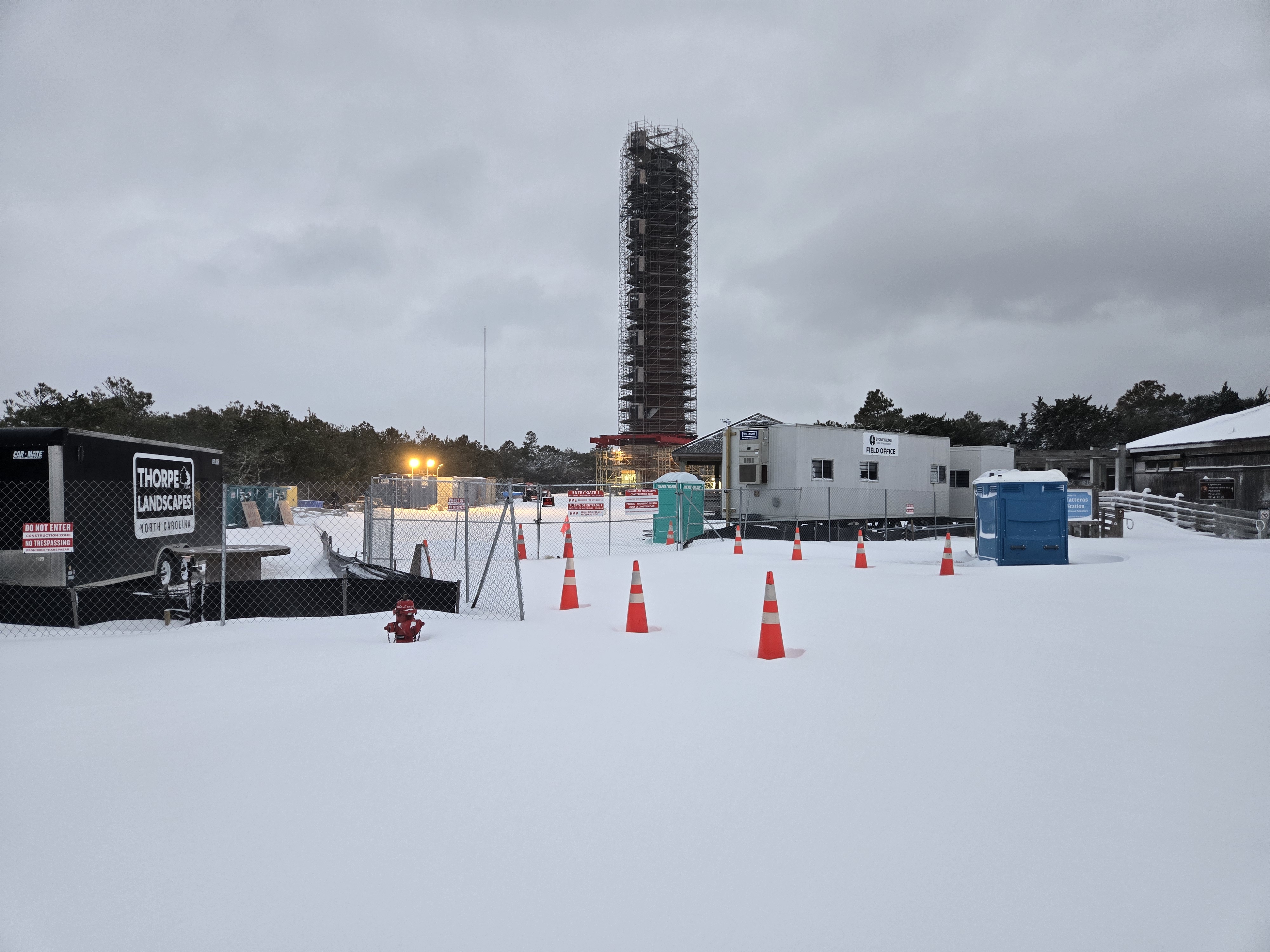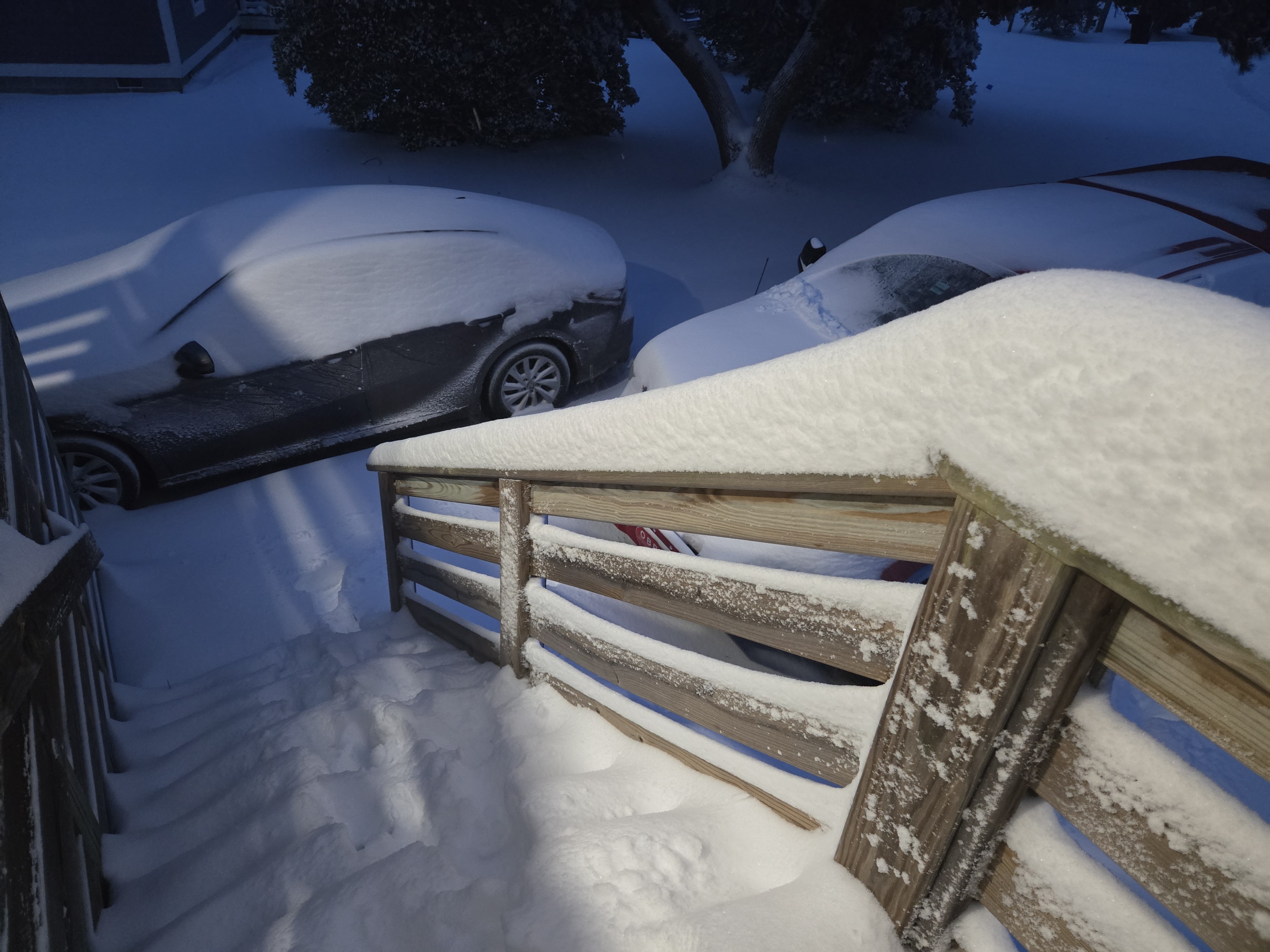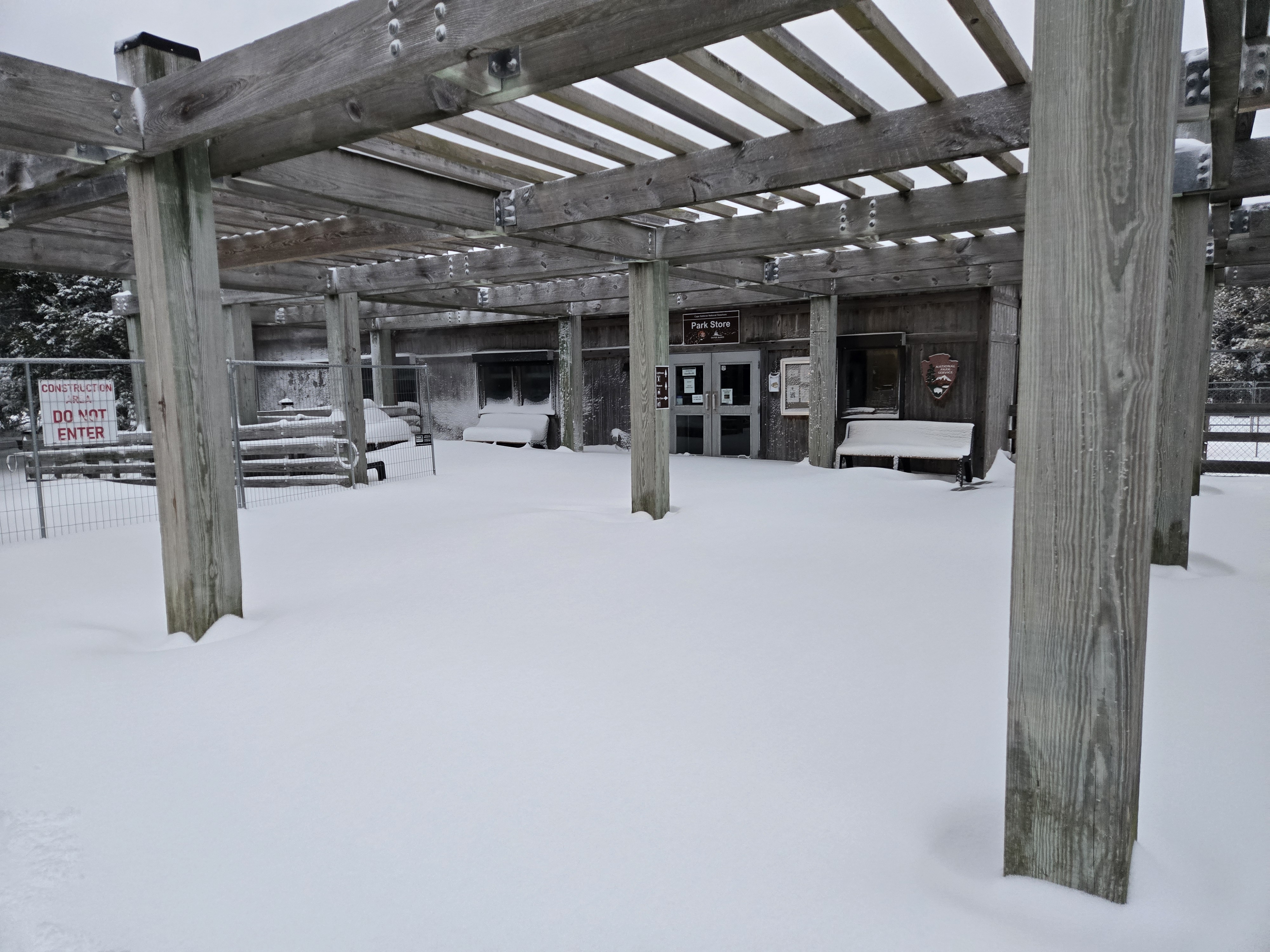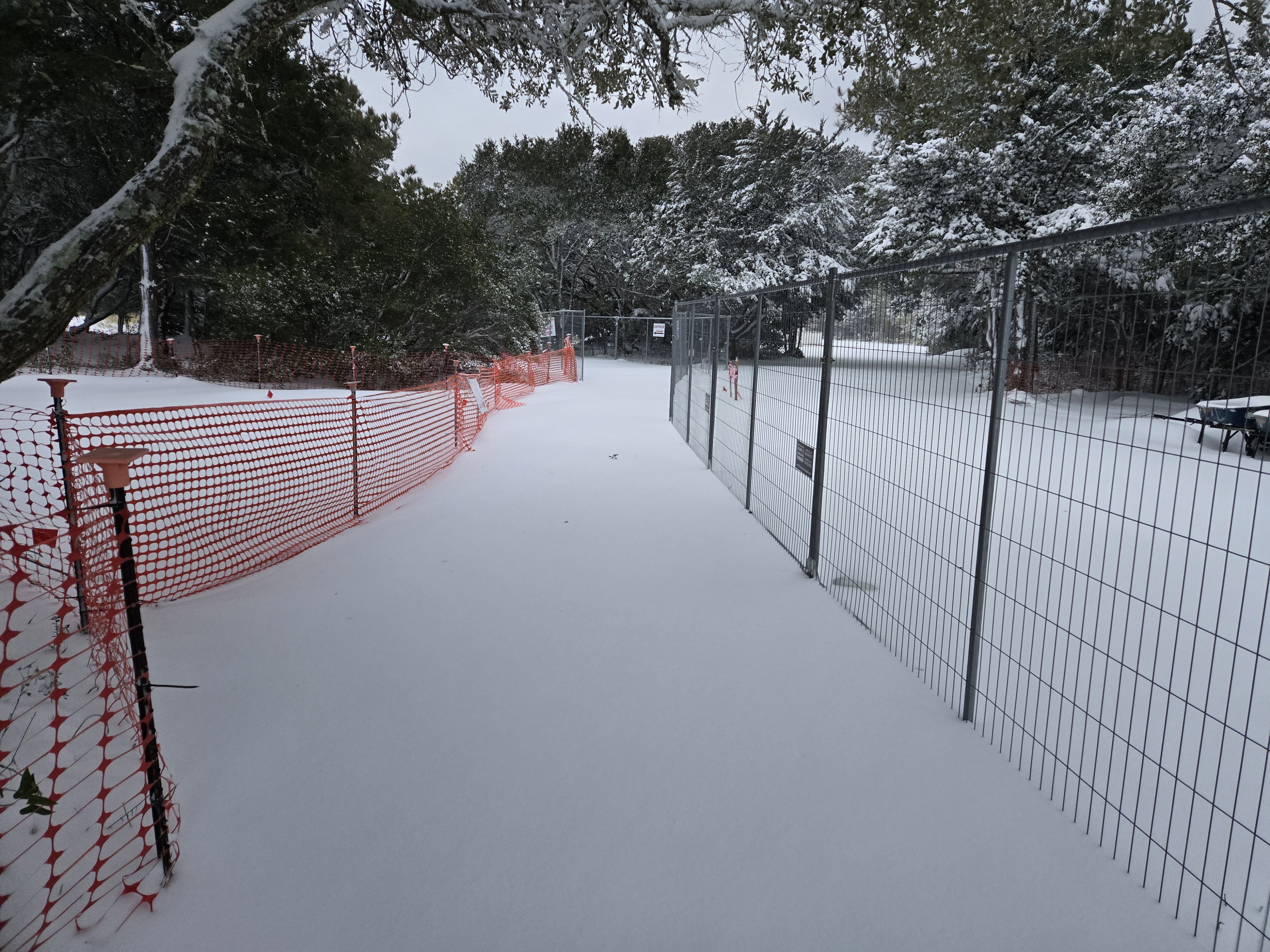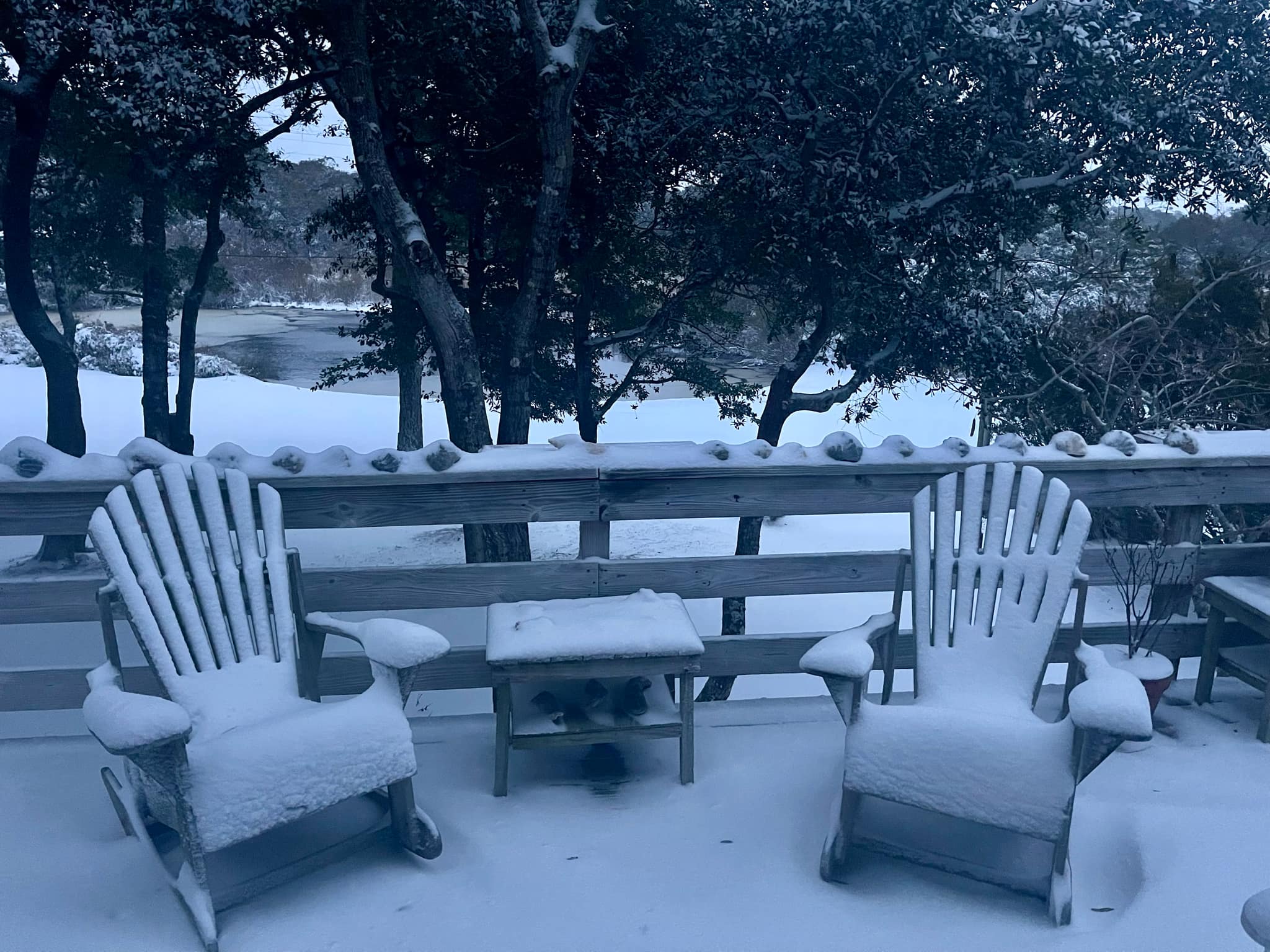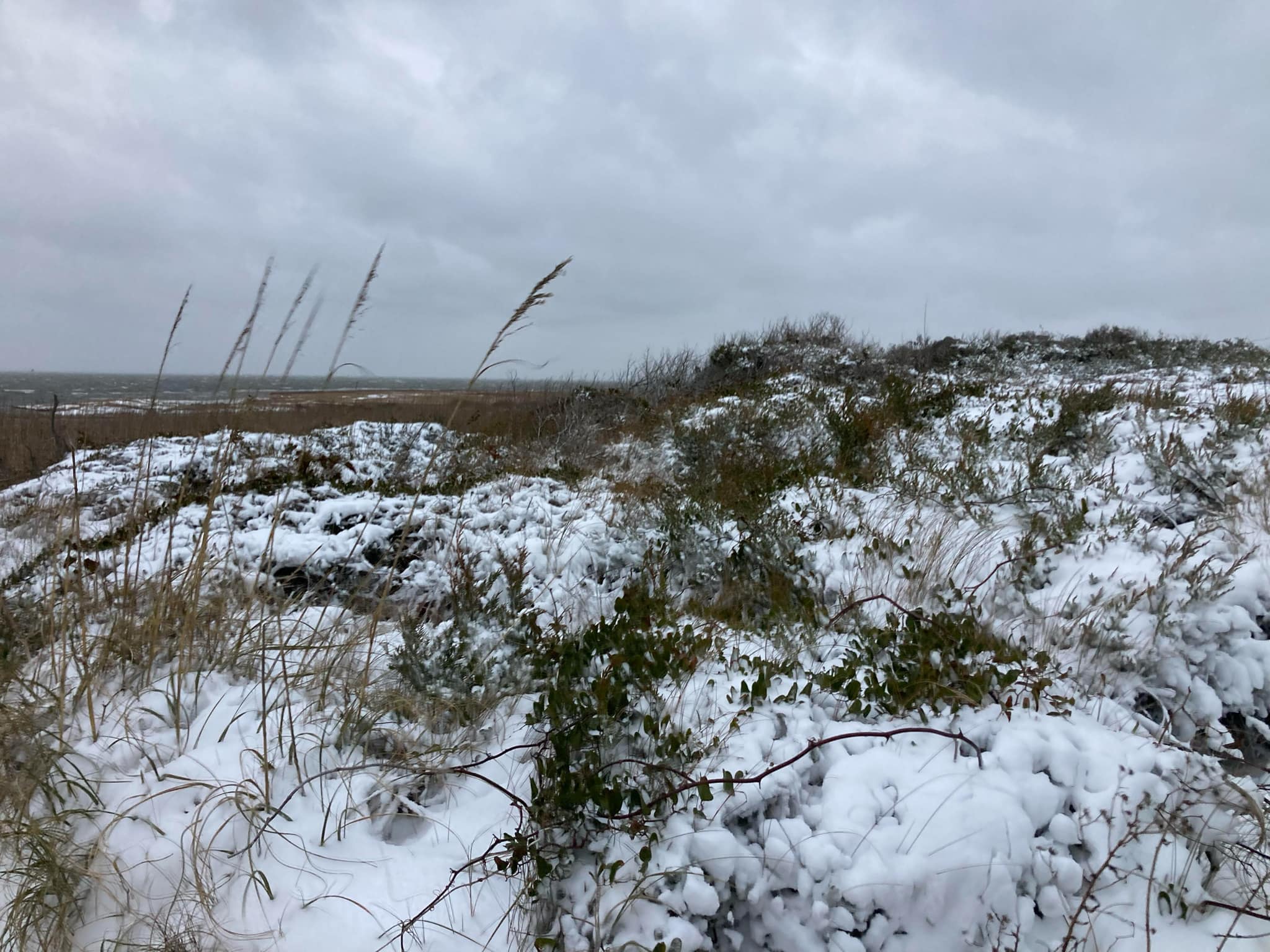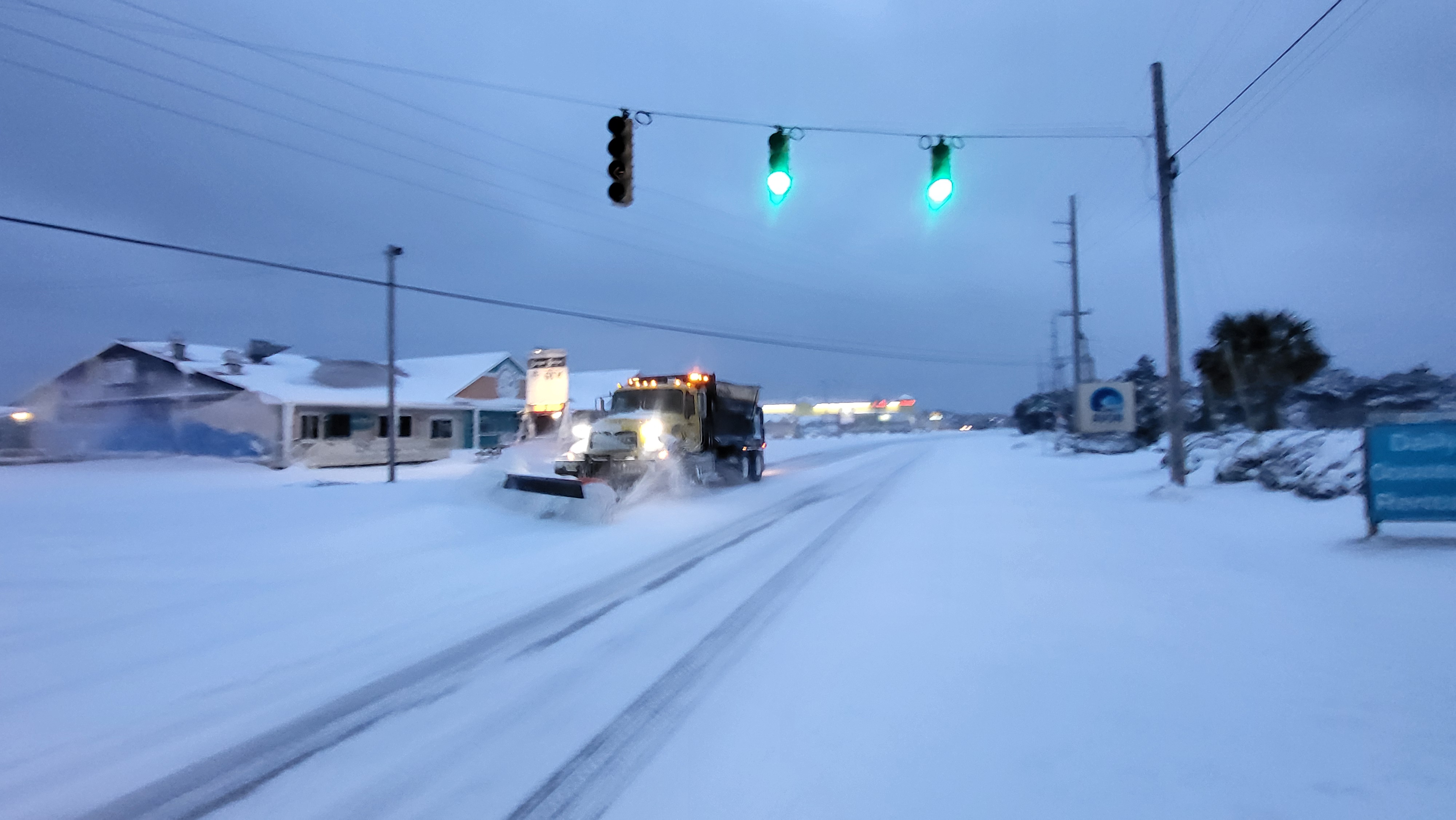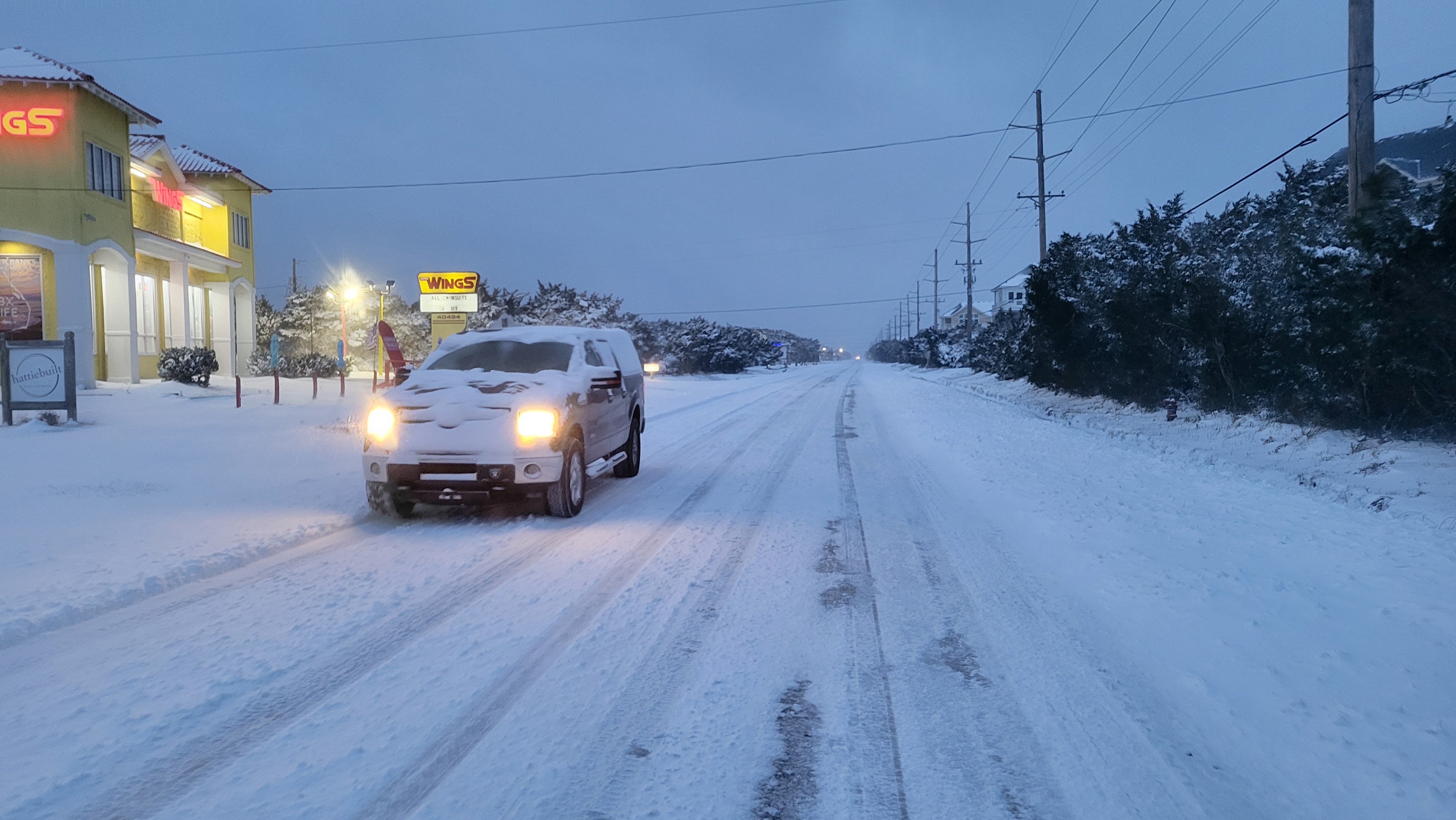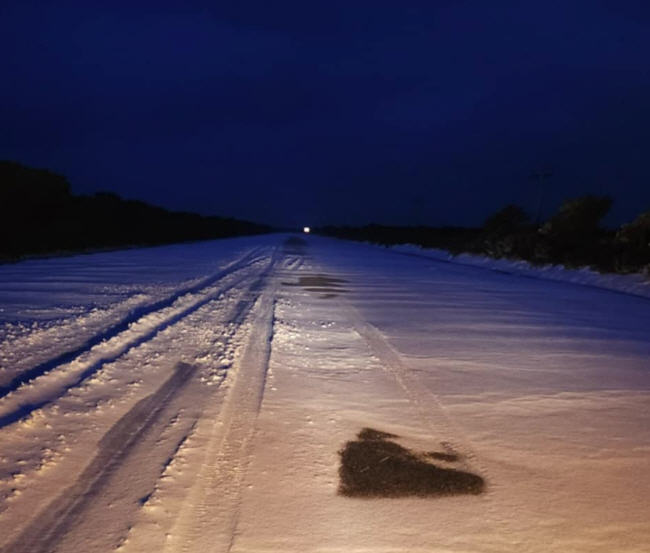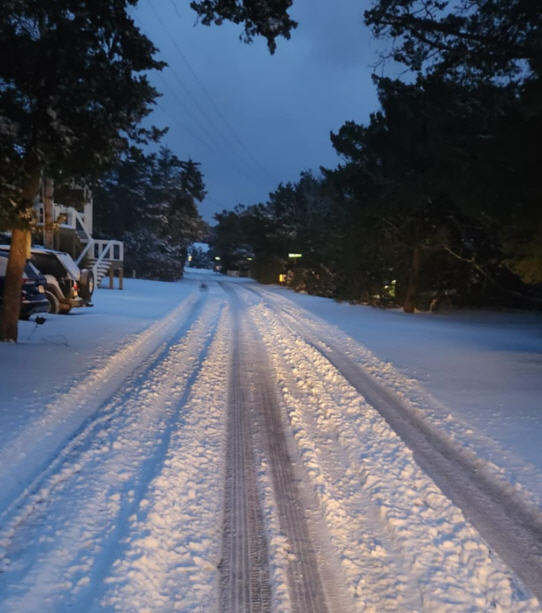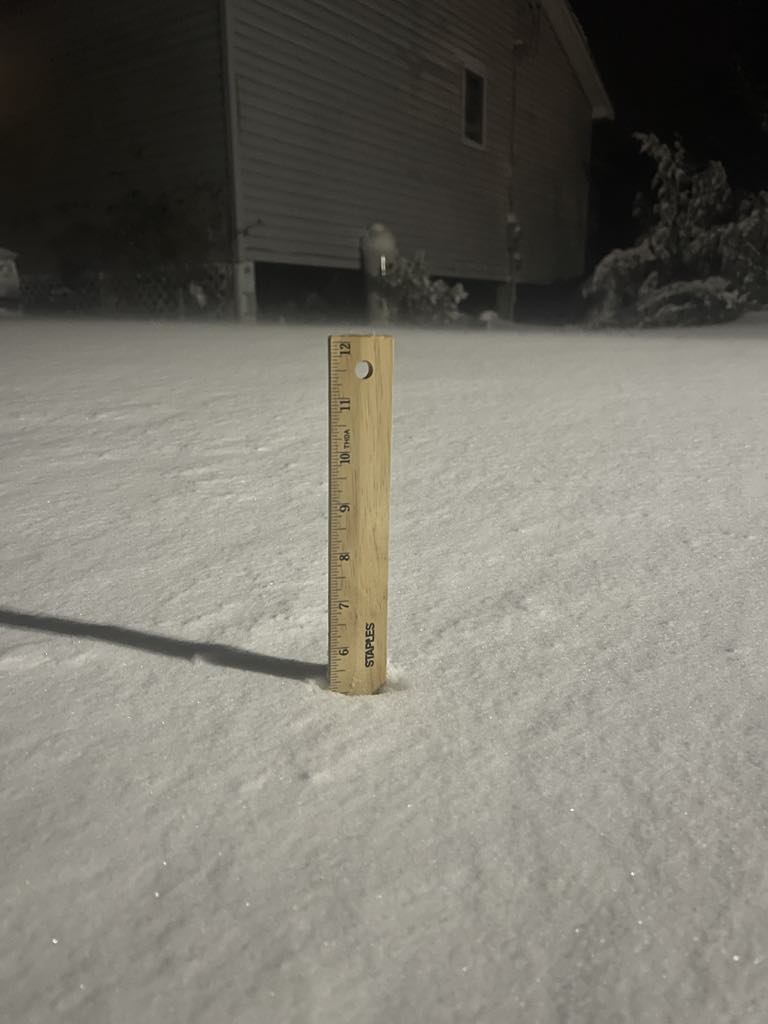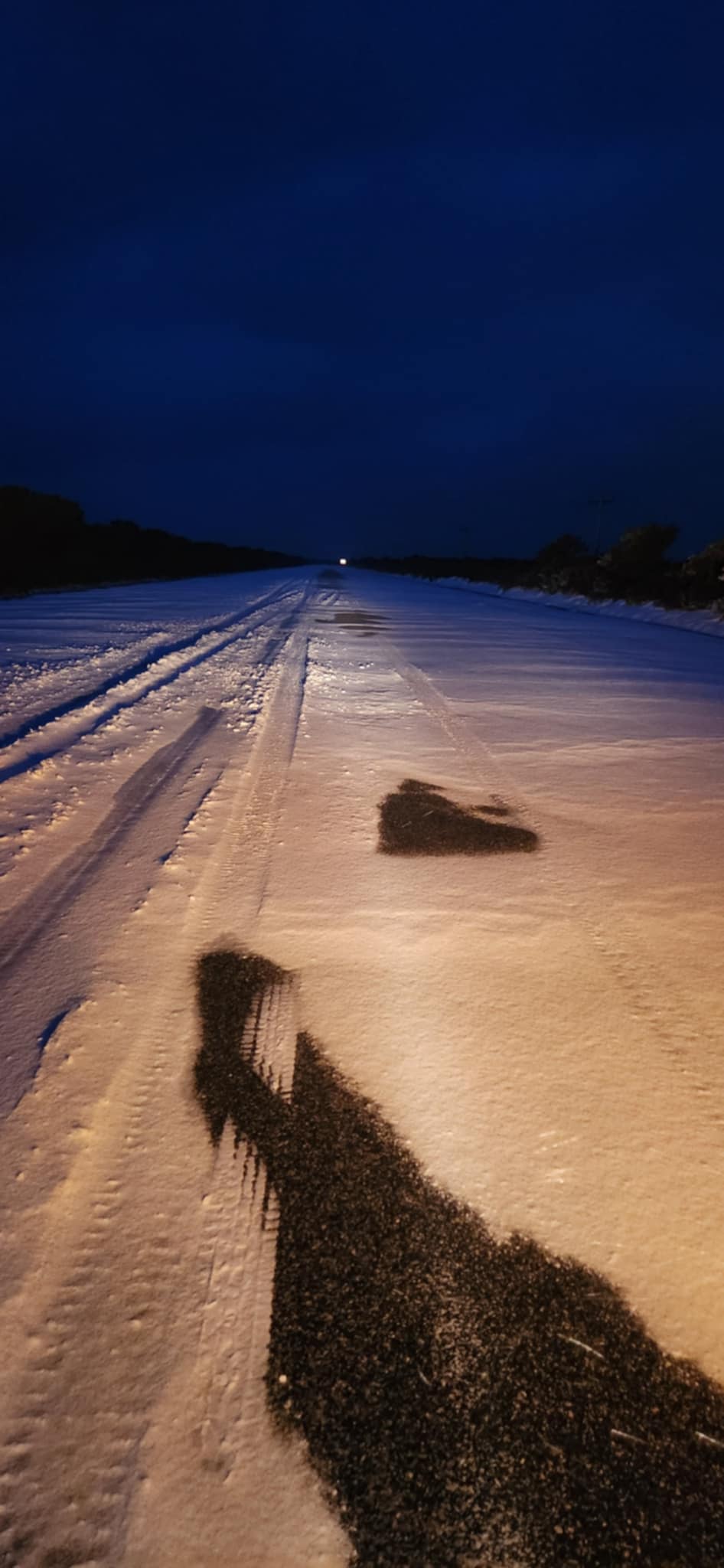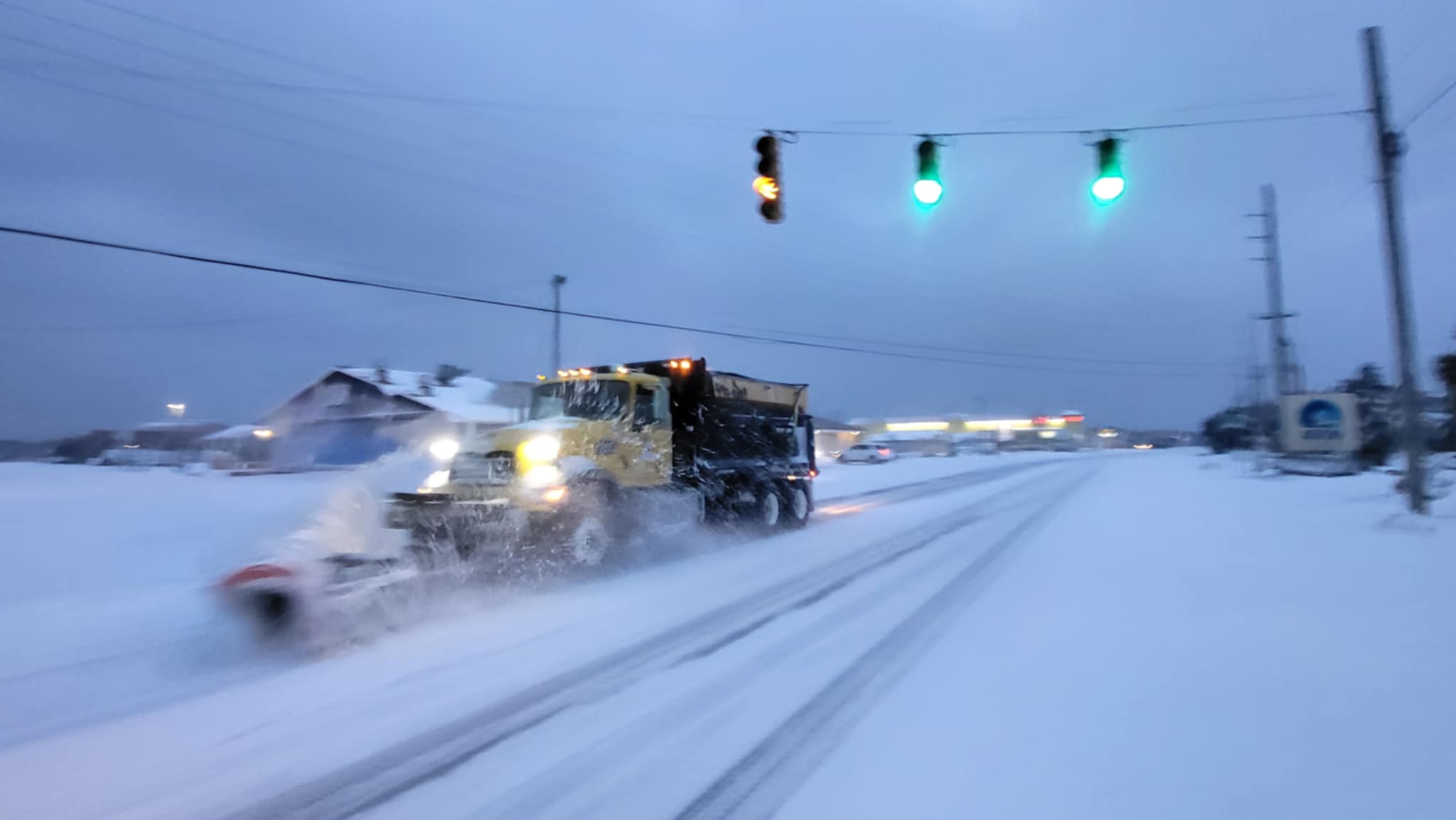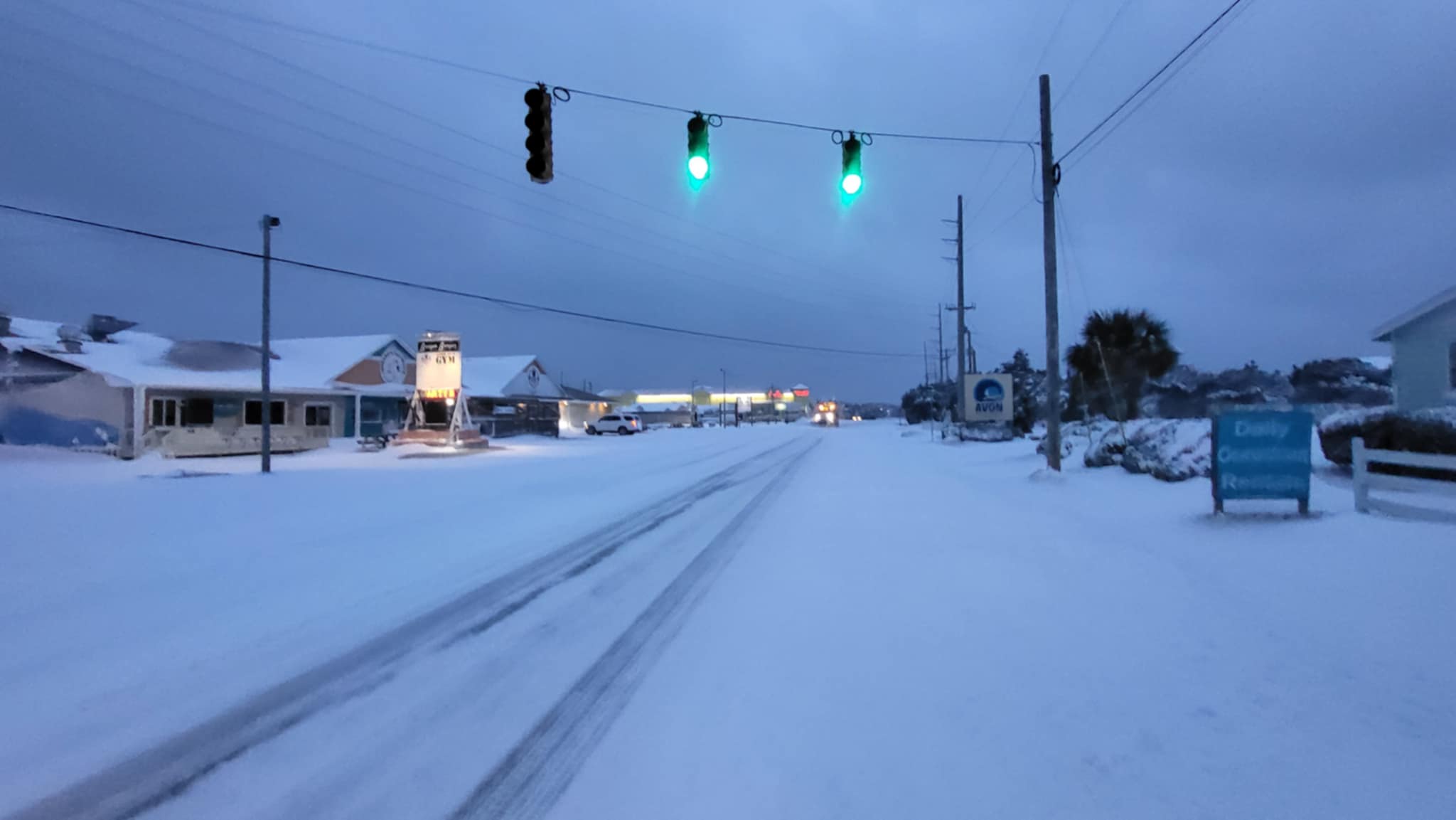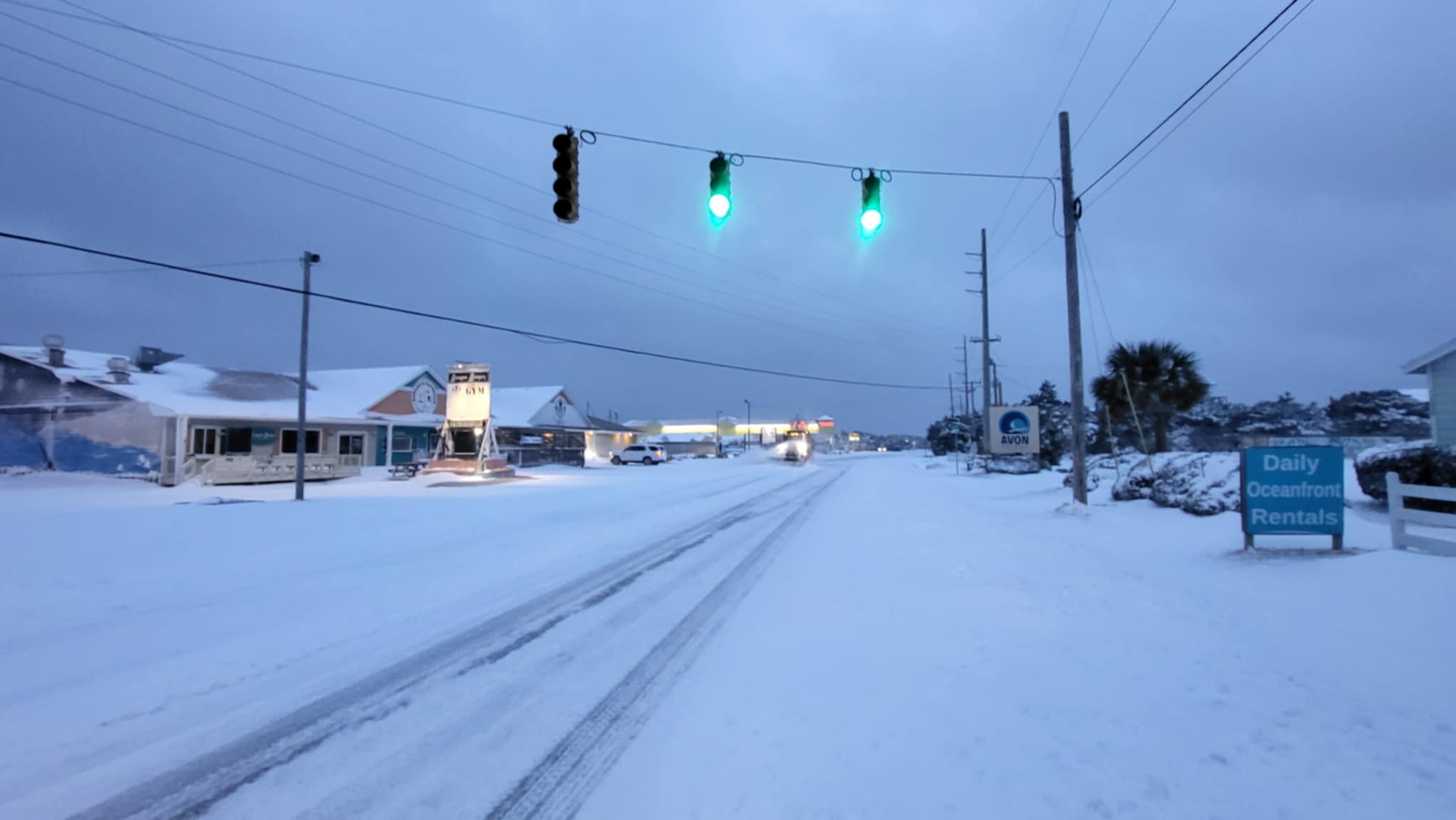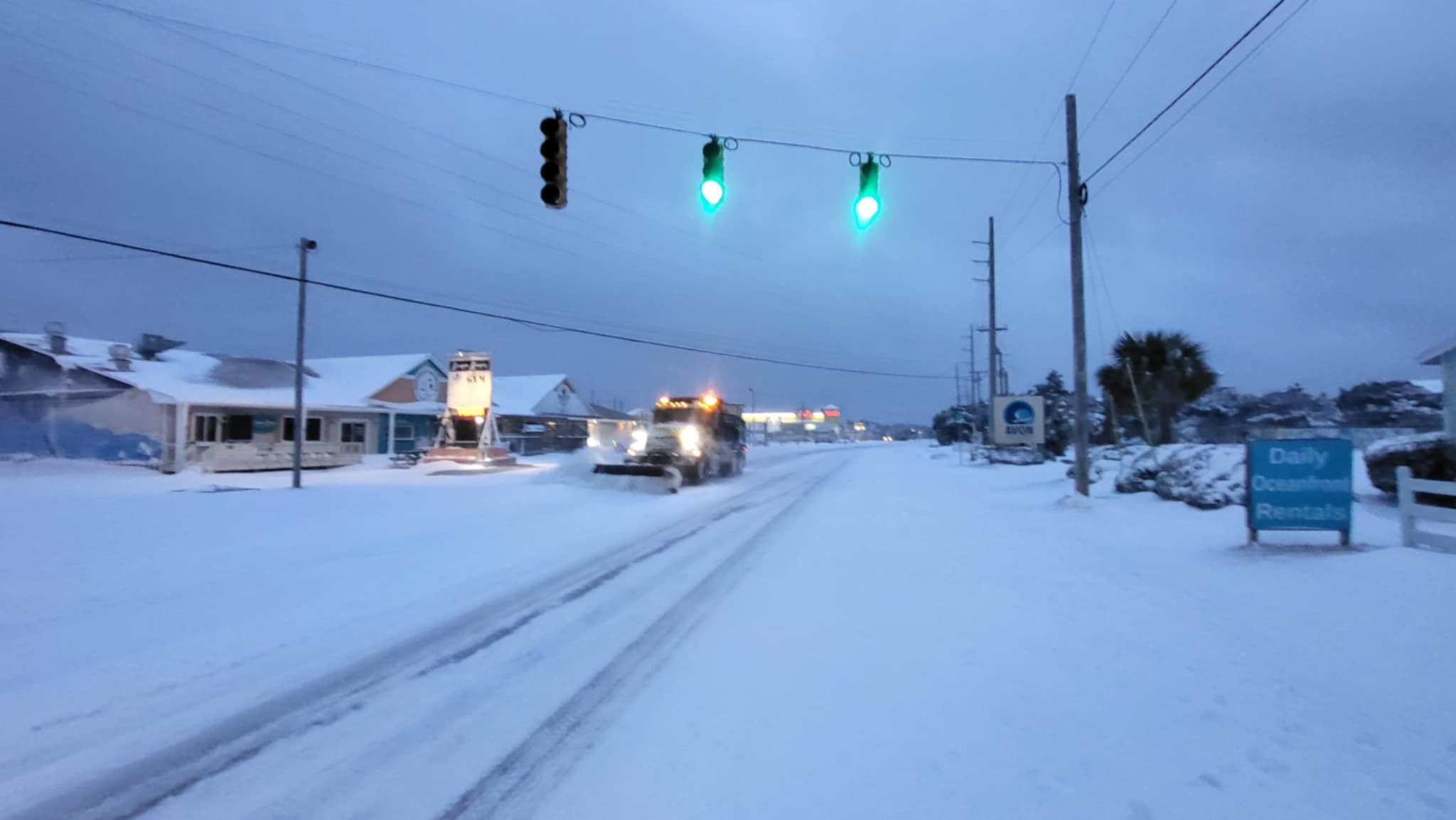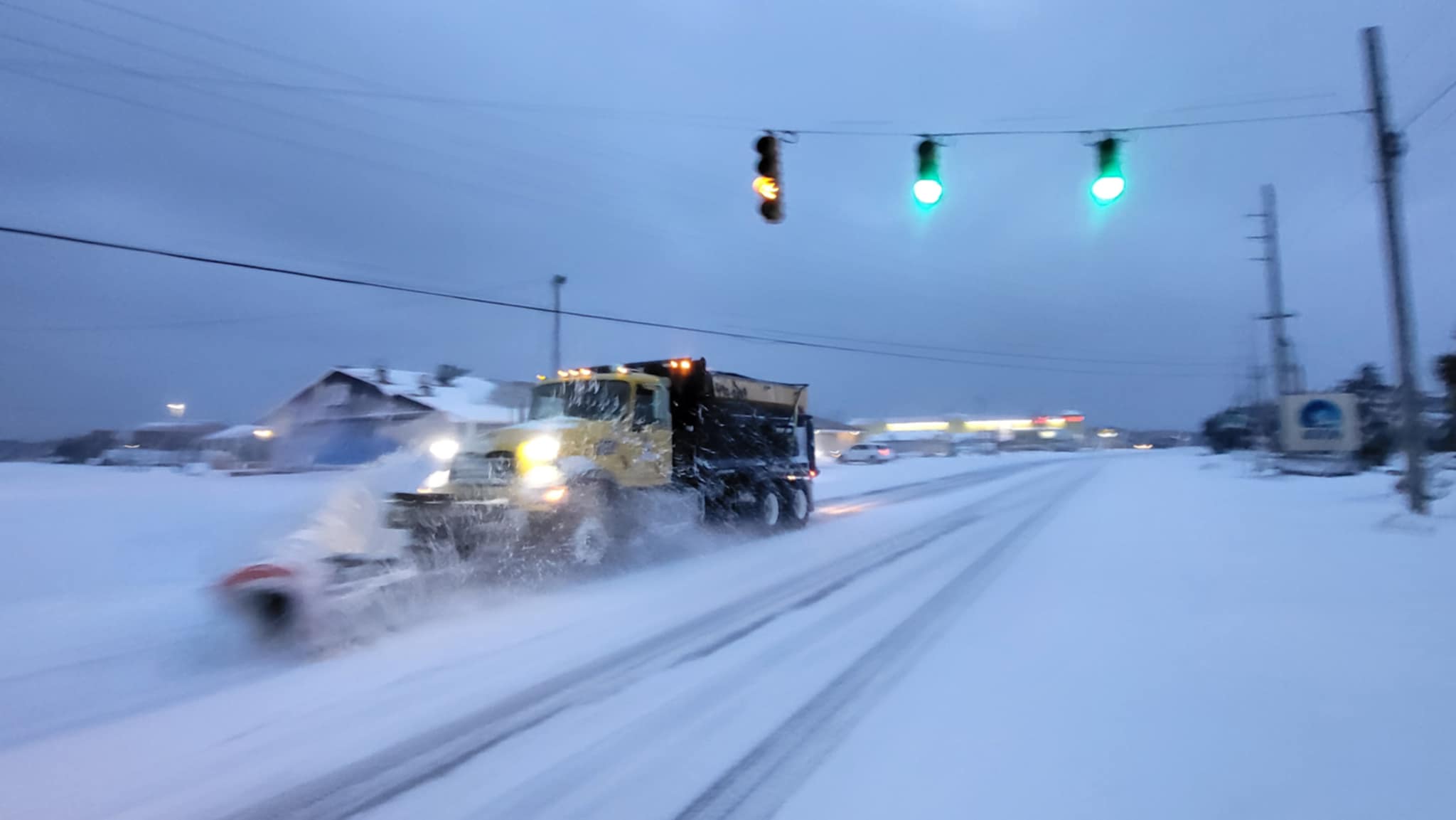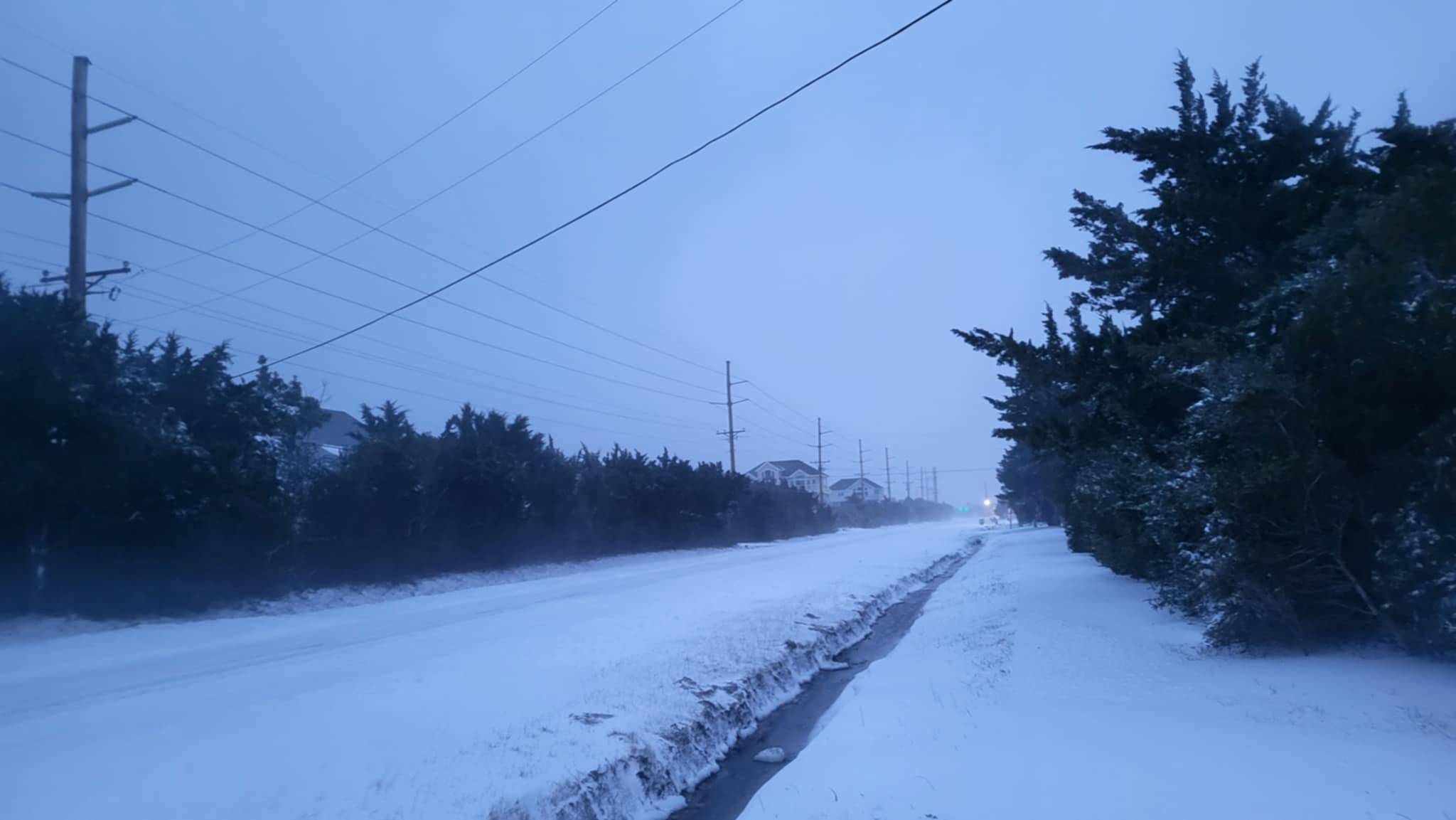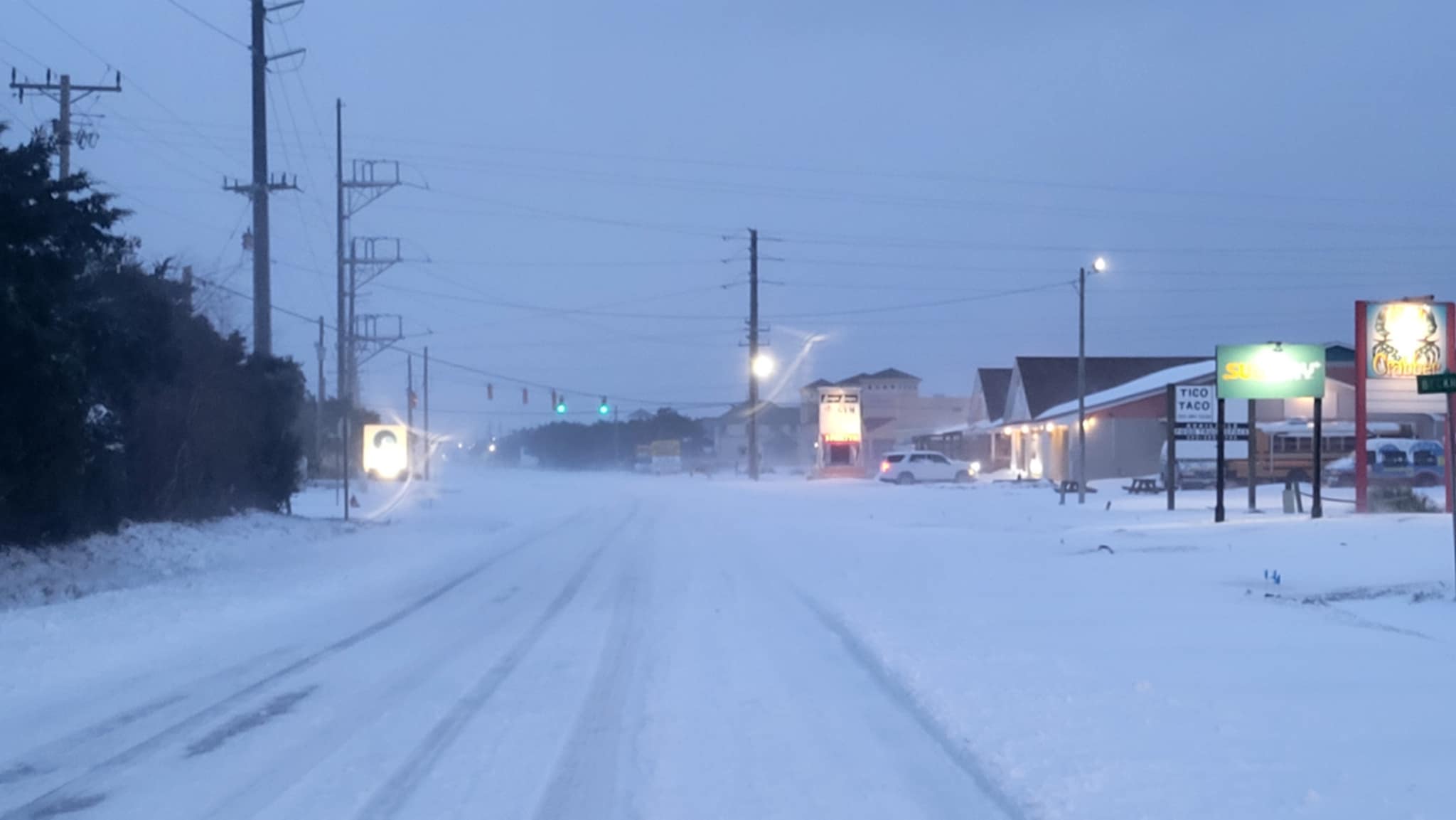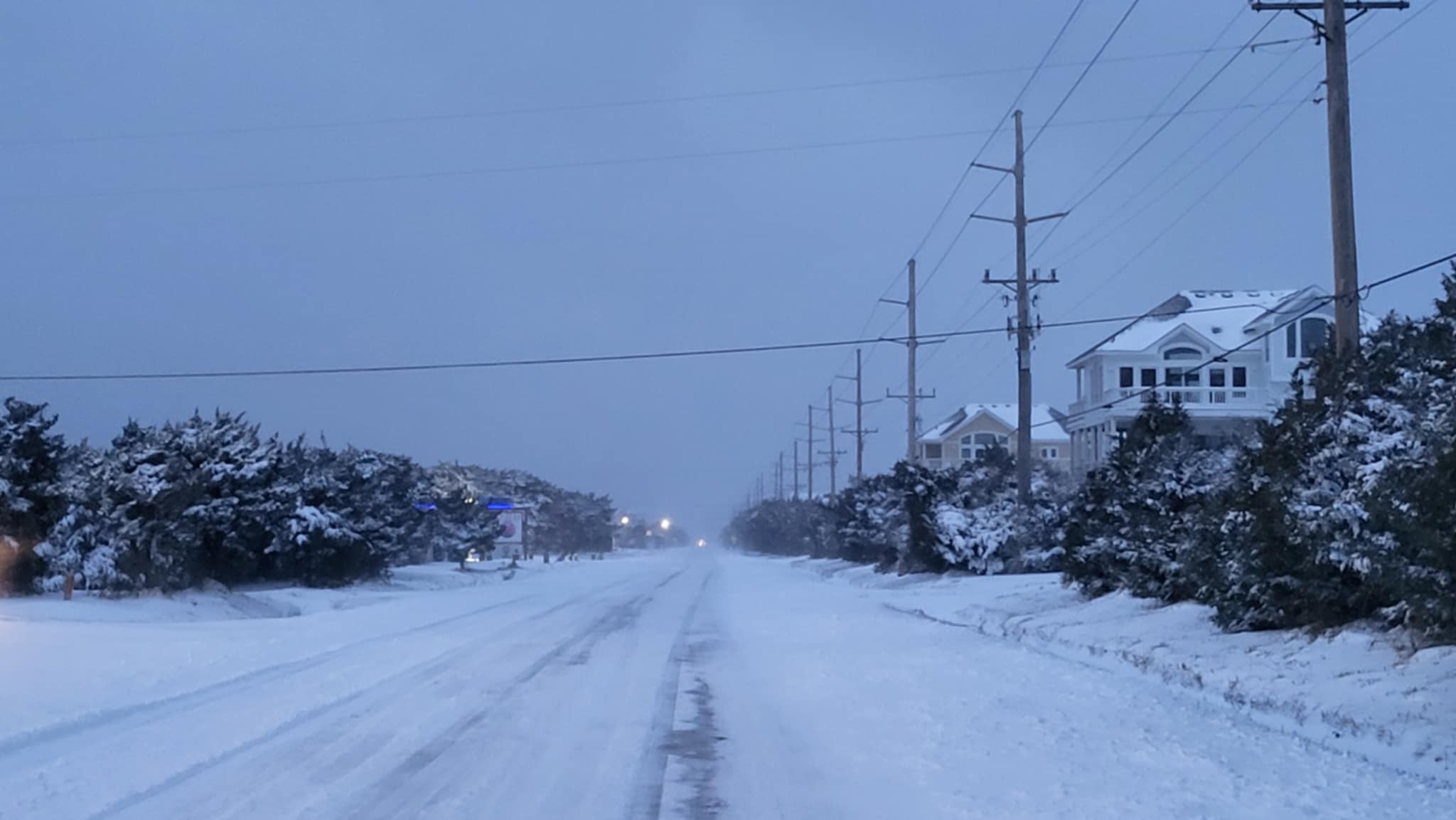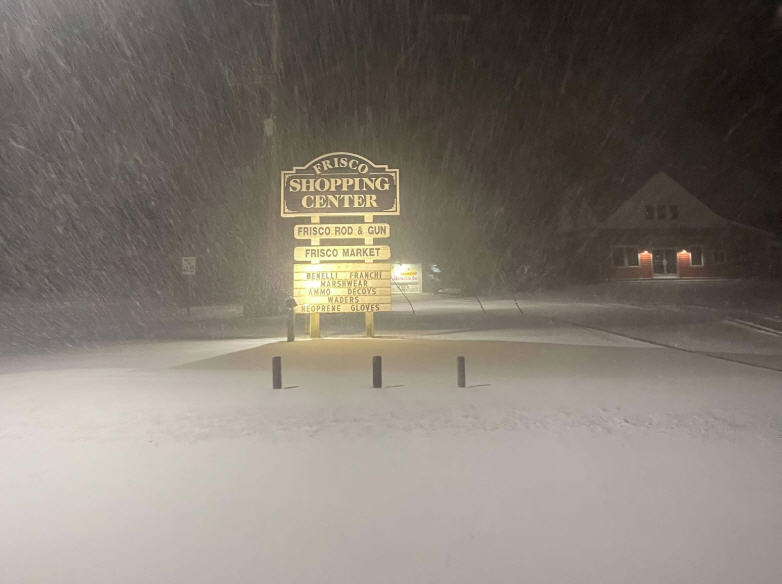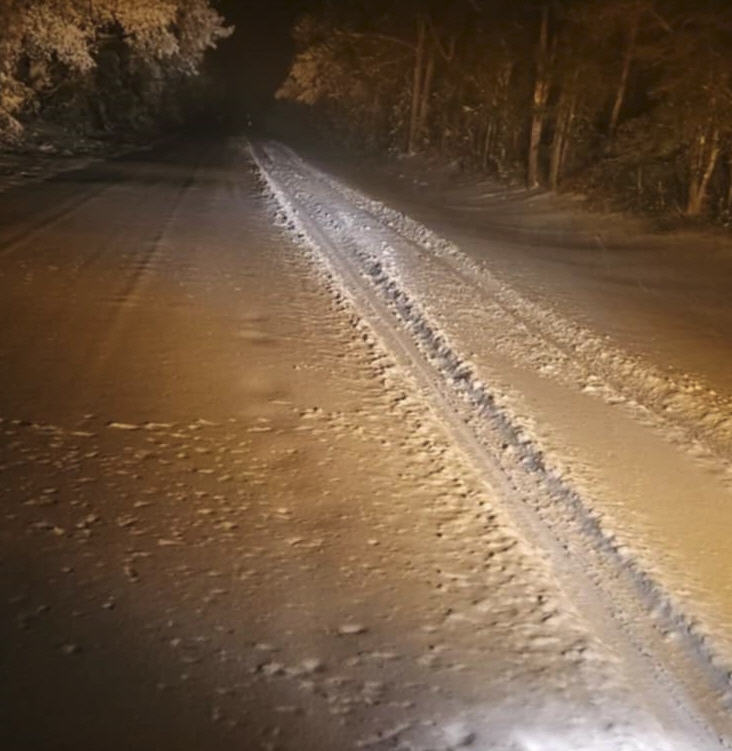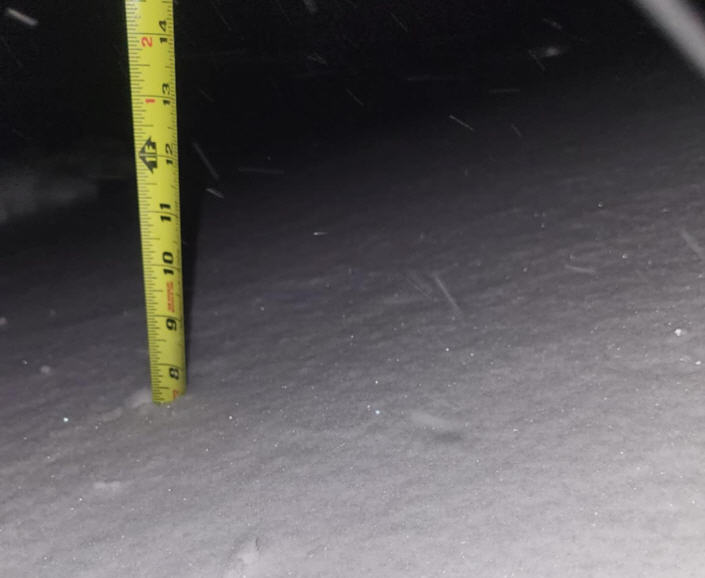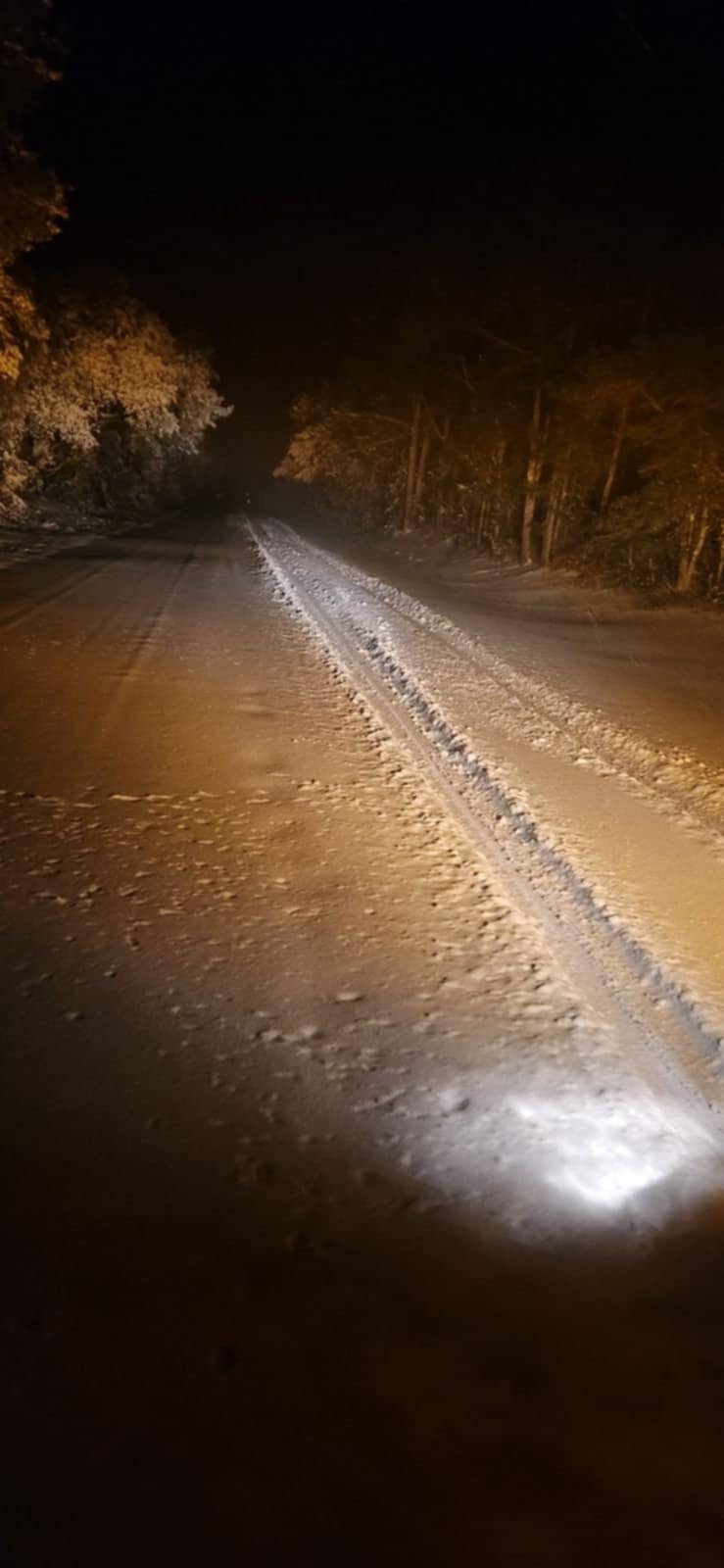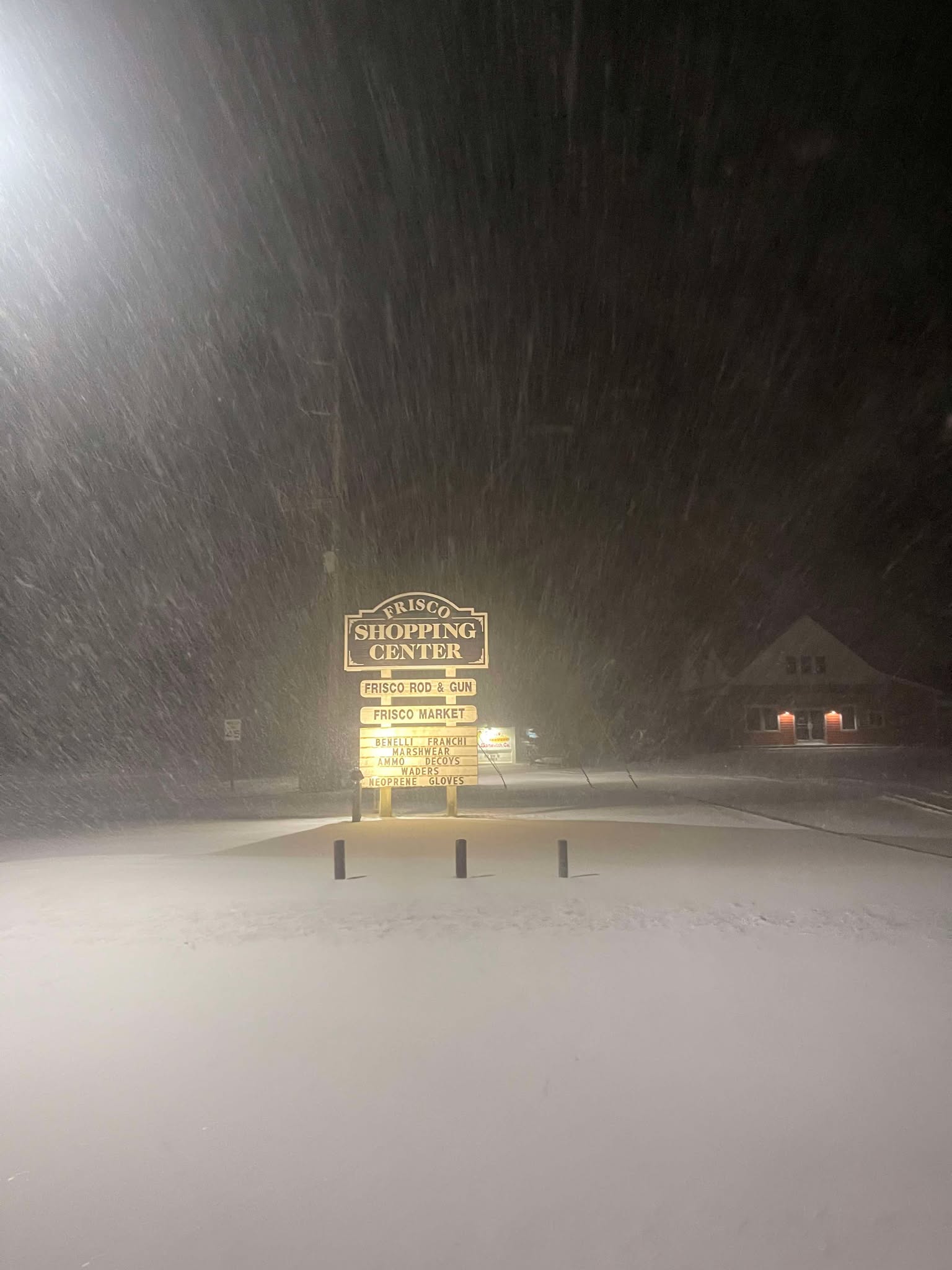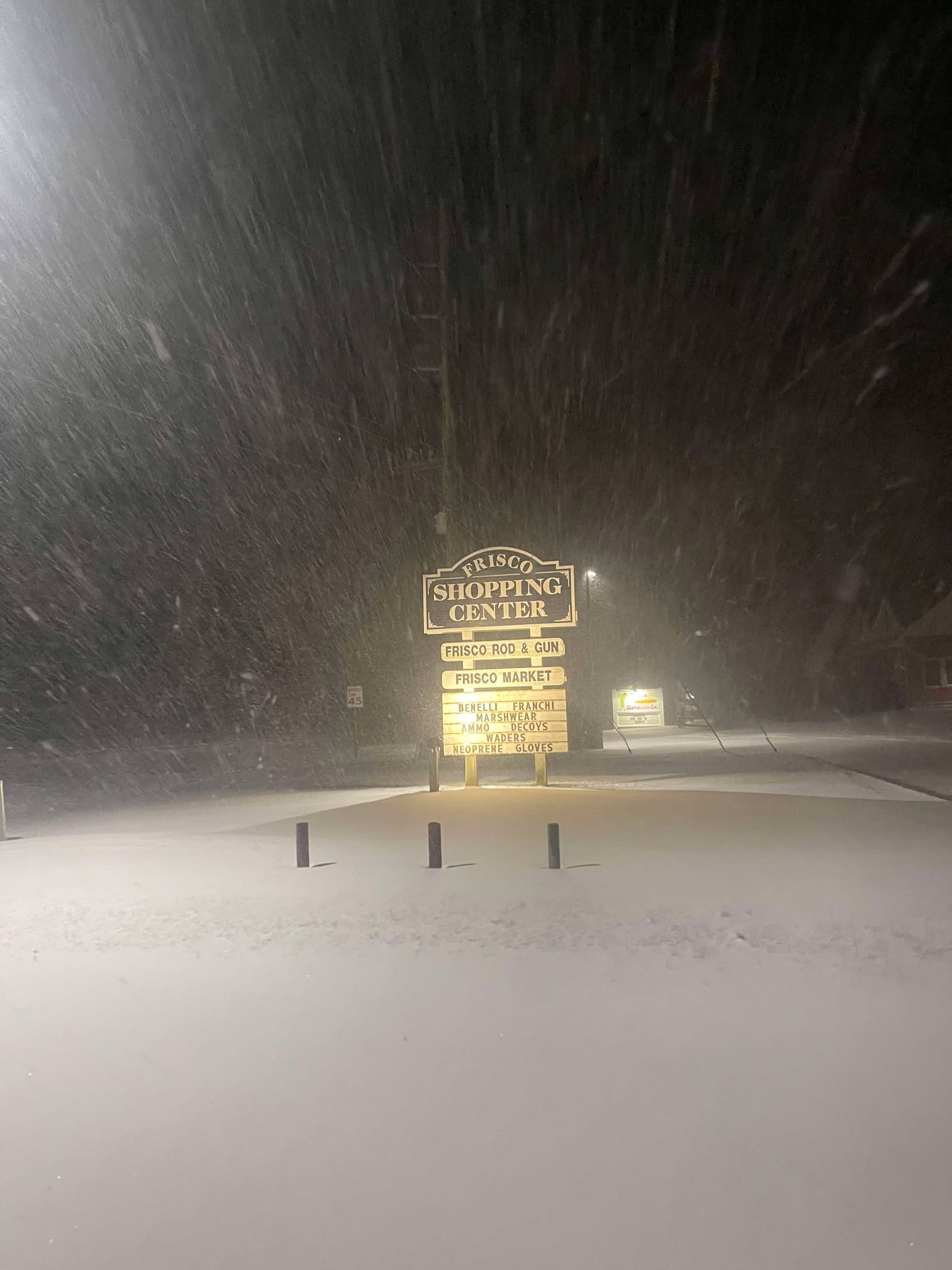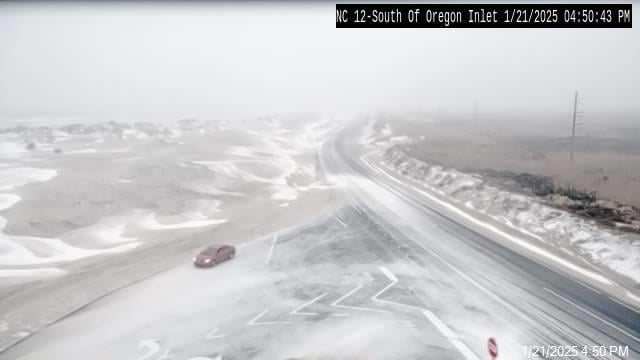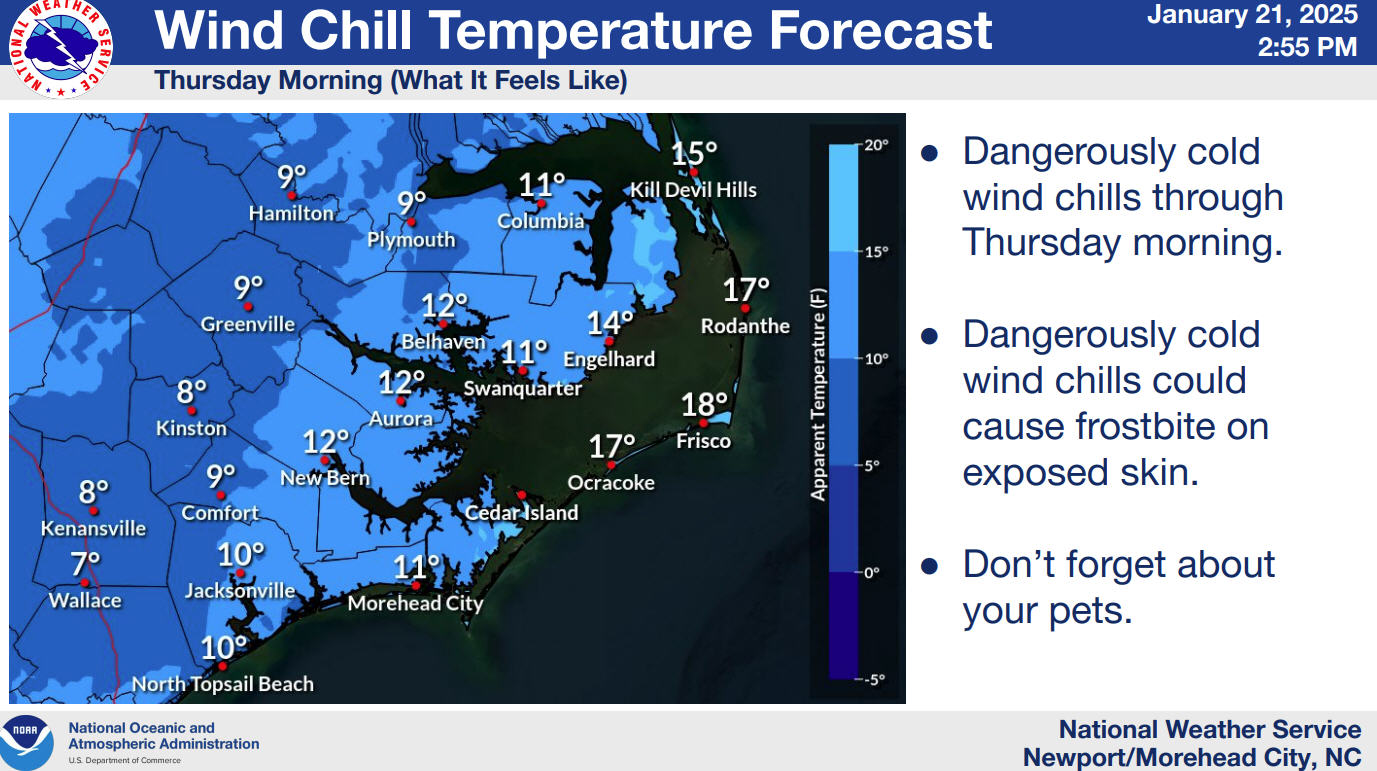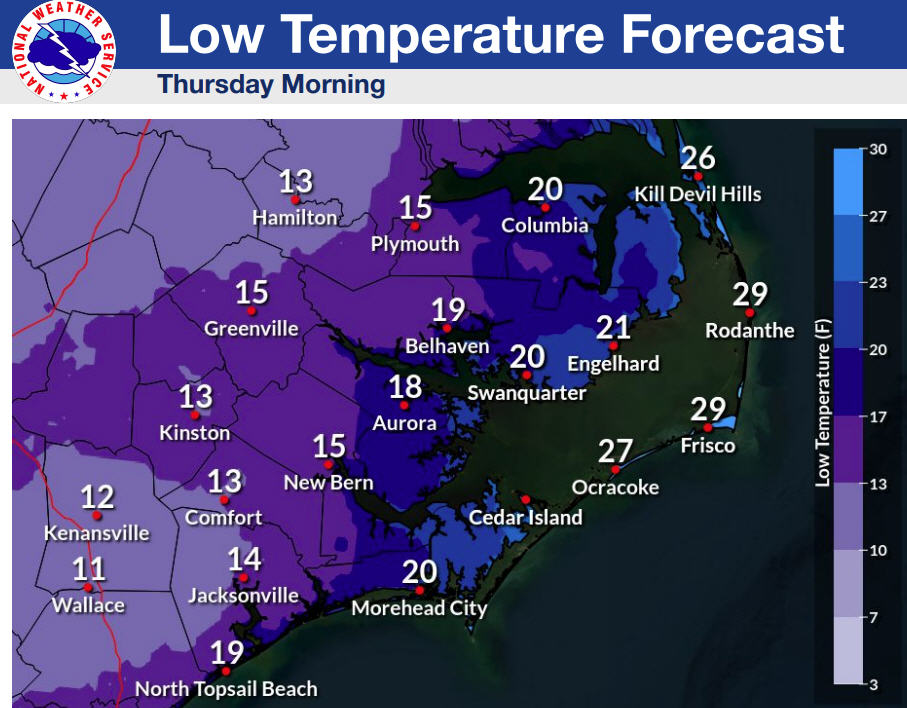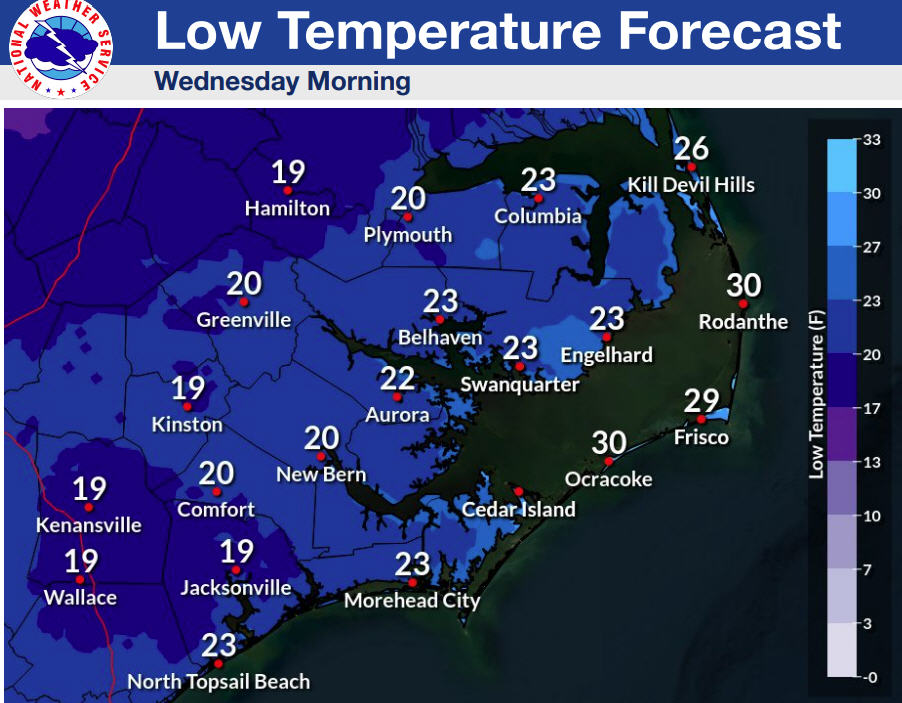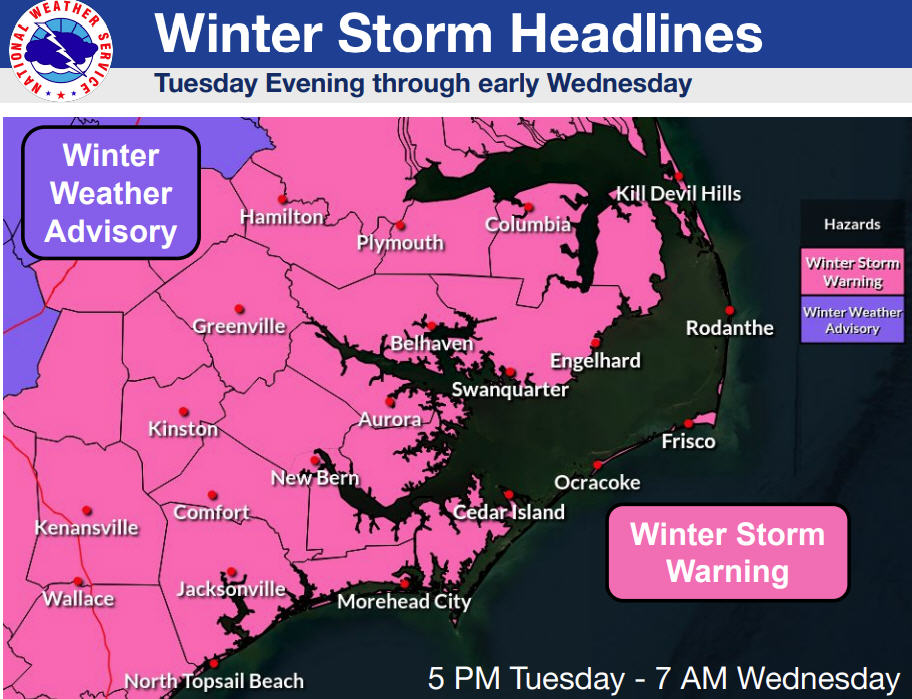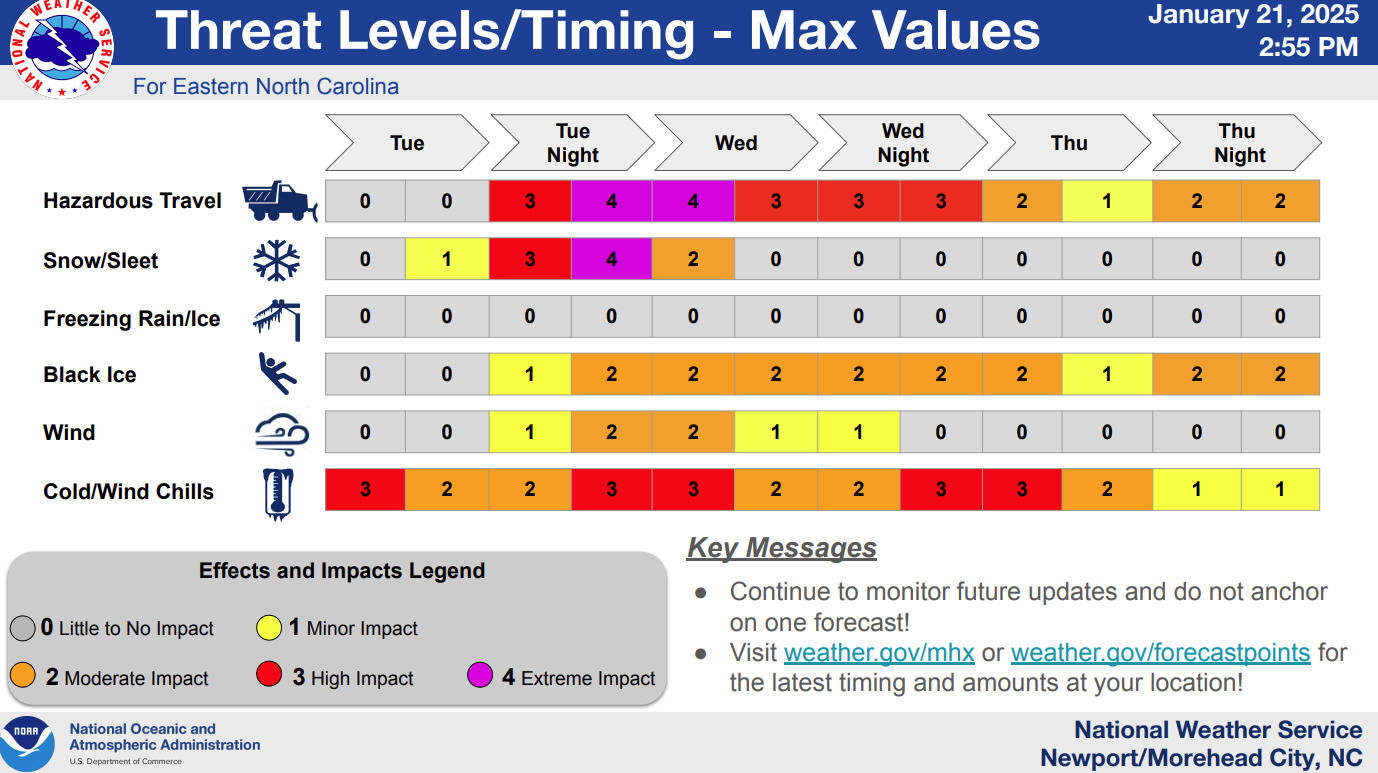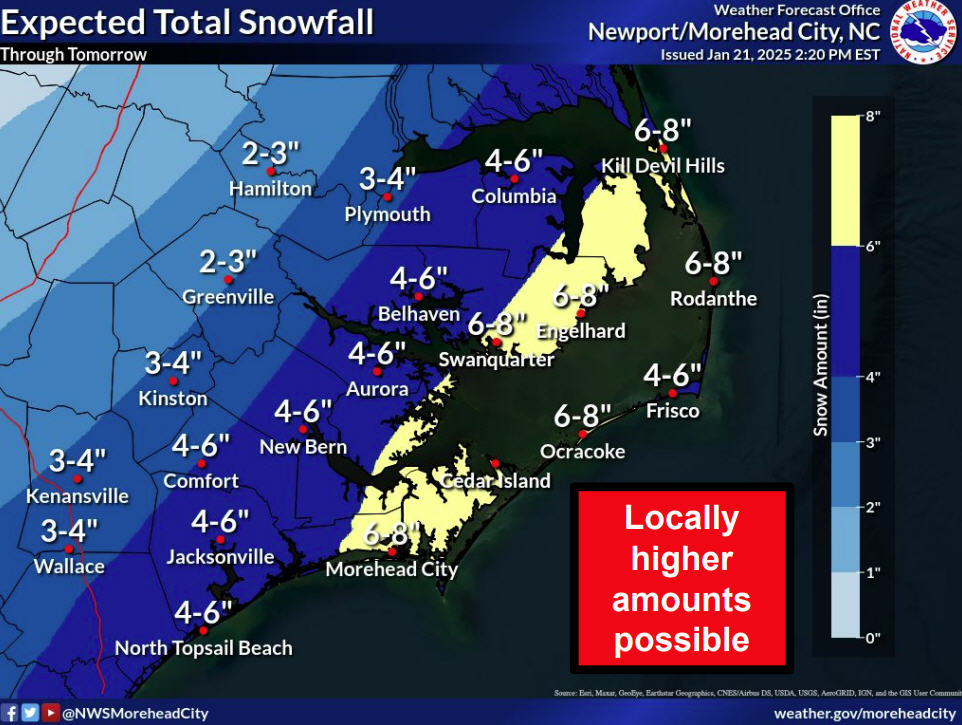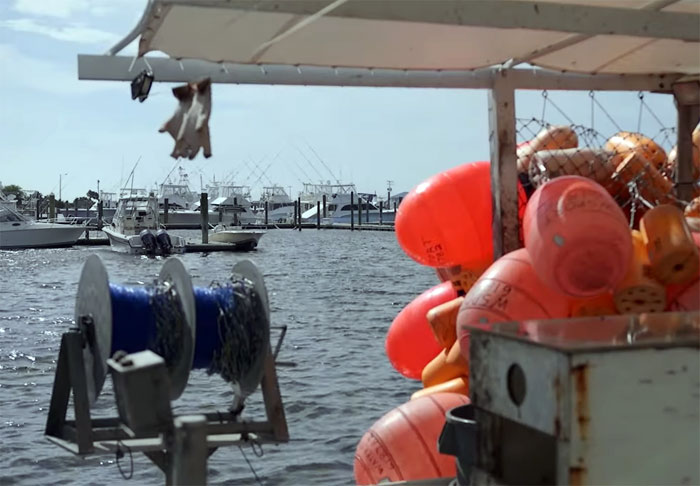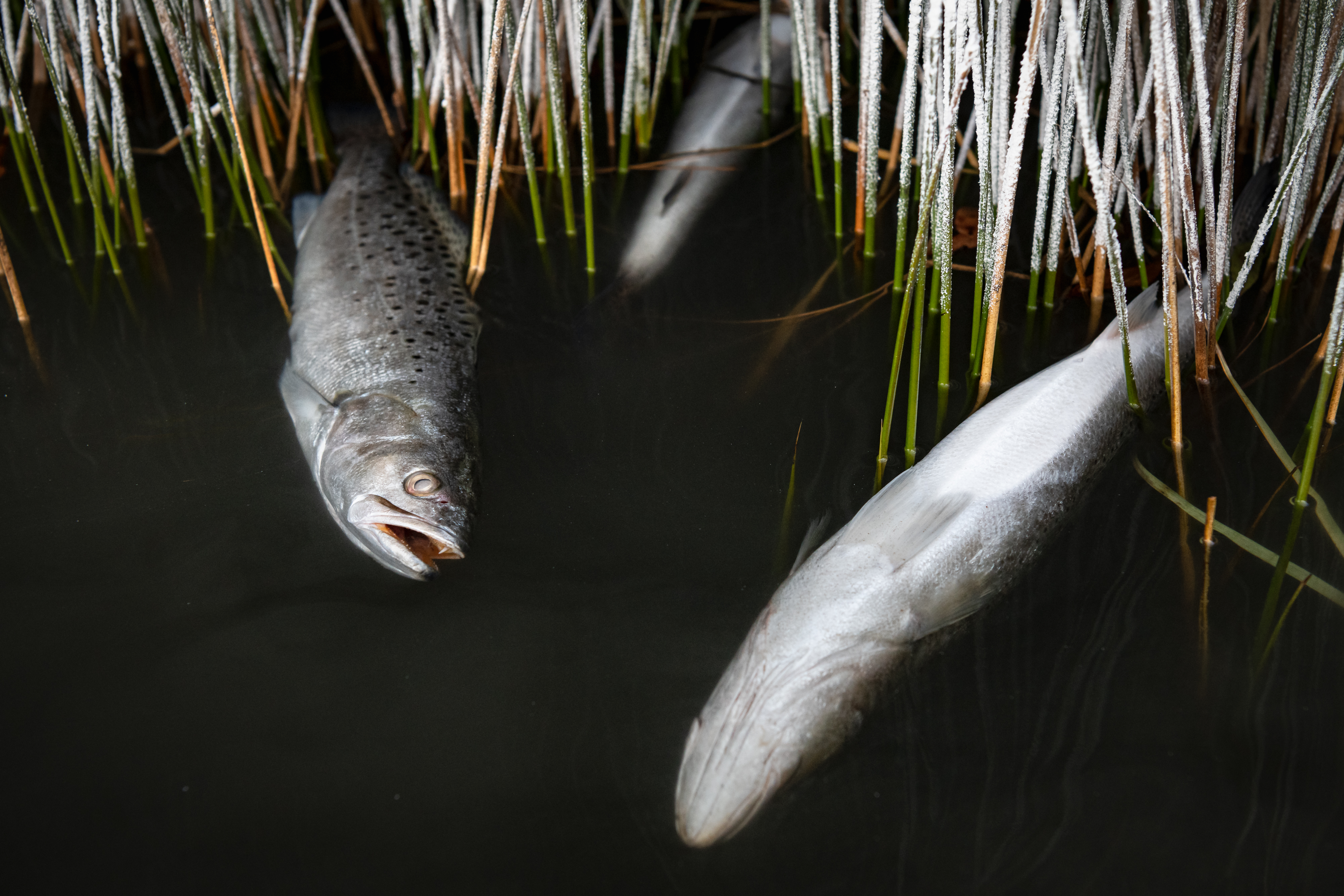Fishing Offshore In The Fall … My Favorite!
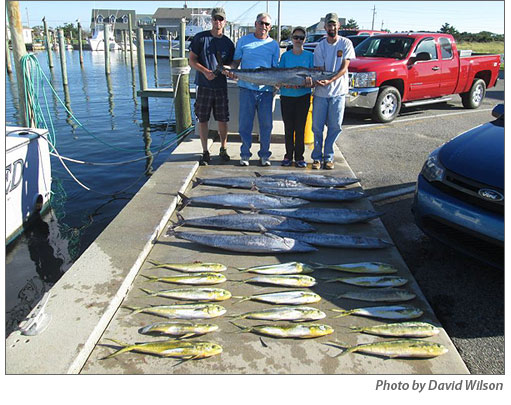
After 30+ years at the helm of an offshore charter boat out of Hatteras, I’d love to have a dollar for every time somebody asked me “When’s the best time to fish?”
The truth is, you can have that banner day just about any time of the year. I’ve watched cycles and transitions. I’ve seen summers with hardly any grass and consequently very few dolphin. I’ve been booked every day in April, where all you had to do was get out there to fill the box with yellowfin.
Of course, each year can be different, but there are two things that have always been pretty dependable: gaffer dolphin in May and wahoo in September.
I don’t know why I have always loved the fall so much. I think it’s because you know change is on its way. By the end of August, you’ve run 110 days, bailed a million dolphin, battled for position on the grass lines, and been flipped off by a dozen tourists on the way home from work.
I’ve always thought of September as a continuation of August, with the addition of wahoo and sailfish, and a third of the boat traffic.
Although the wahoo fishing generally picks up in August, I have always recommended September as our best month for the lightning-fast game fish. The best wahoo fishing is usually from 30 to 50 fathoms, and around structure and breaks in the bottom. Most guys fish a planer that takes a bait down 15-20 feet and is quite productive. If you ask ten captains what their favorite color is for wahoo, you’ll get ten different answers. I’ve always been partial to blue/black or purple/black, but you better keep something pink out there too!
Sailfish can also be anywhere in September. Although the better marlin fishing is typically around 100 fathoms, it’s pretty common to have encounters in the same areas where the wahoo bite is on. Fishing for wahoo and sails at the same time can be complicated, since you need wire leaders to successfully capitalize on most of your wahoo bites, due to their razor-sharp teeth. Most guys fish for sails with smaller gear, light drag, and light monofilament leaders, making it easier to “feed” the bait to the unsuspecting billfish. I came up with a way to keep a small bait out for sails that were fairly wahoo proof. Instead of mono for my leader, I used 60 pound, seven strand cable, like we use for live bait king mackerel fishing. We’d make the rig identical to the one with mono, with the cable being the only difference. I’ve landed plenty of both on that setup.
Dolphin fishing continues to be excellent in September, with schools of bailers along the grass lines, color changes, and under flotsam adrift on the surface.
One other interesting thing about the fall is that its peak season for tropical storms and hurricanes. Generally, a few days after a storm, there will be debris from the Caribbean and Bahamas that gets swept up here in the Gulf Stream current. Everything from buckets to palm trees make for excellent habitat. Baitfish collect under the debris, and the food chain begins. By the time it gets to us there are schools of dolphin and wahoo waiting to be caught!
Heading into October, the dolphin fishing begins to slow down, but the wahoo stick around as well as a smattering of yellowfin and blackfin tuna.
The inshore guides also have great success with red drum and speckled trout in the fall. Schools of finger mullet and menhaden are abundant, and the sound seems to come to life. It’s an exciting time to visit Hatteras Island for a fishing vacation!


